Must-Know Info About Puerto Viejo Costa Rica And The Southern Caribbean Coast

Last updated on September 10th, 2023 at 01:00 pm GMT-6 (Costa Rica time)

Written by Nikki Solano
Nikki is the CEO of Pura Vida! eh? Inc. (Costa Rica Discounts), and the author of the guidebooks Moon Costa Rica (2019, 2021, 2023, and 2025 editions) and Moon Best of Costa Rica (2022 edition) from Moon Travel Guides. Together with her Costa Rican husband, Ricky, she operates the Costa Rica Travel Blog, created the online community DIY Costa Rica, built the Costa Rica Destination Tool, oversees the brand-new (summer 2023) Costa Rica Travel Shop, and designed the Costa Rica Trip Planning 101 E-Course. Also, Nikki wrote the Costa Rica cover feature for Wanderlust Magazine's sustainability-focused Travel Green List issue, showcased Costa Rica destinations and experiences on Rick Steves' Monday Night Travel show and podcast/radio show, and served as the Costa Rica Destination Editor for Essentialist, a luxury travel brand. Want to show your appreciation for her free article below? Thank Nikki here. ❤️️
WANT TO SAVE MONEY IN COSTA RICA?
Our sister site, Pura Vida! eh? Inc., has discounts for Puerto Viejo tours and activities. Con mucho gusto (you’re welcome) and pura vida!
🙂
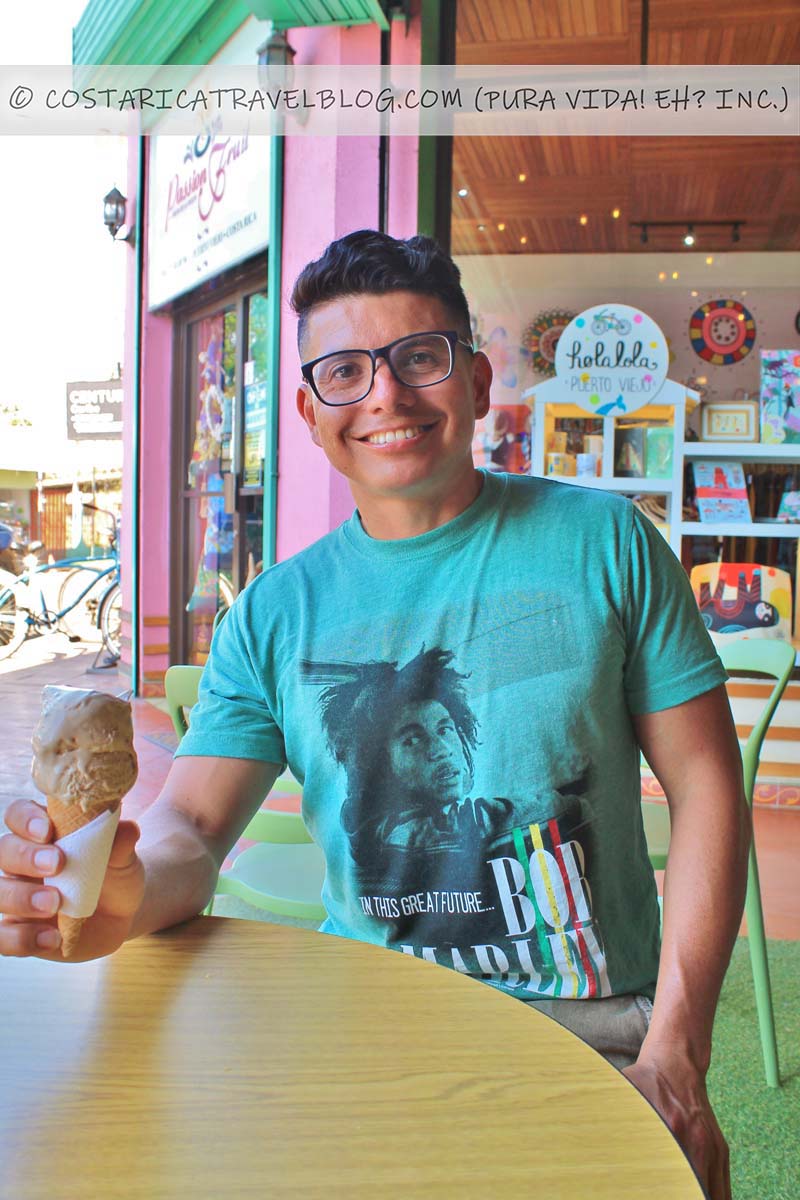
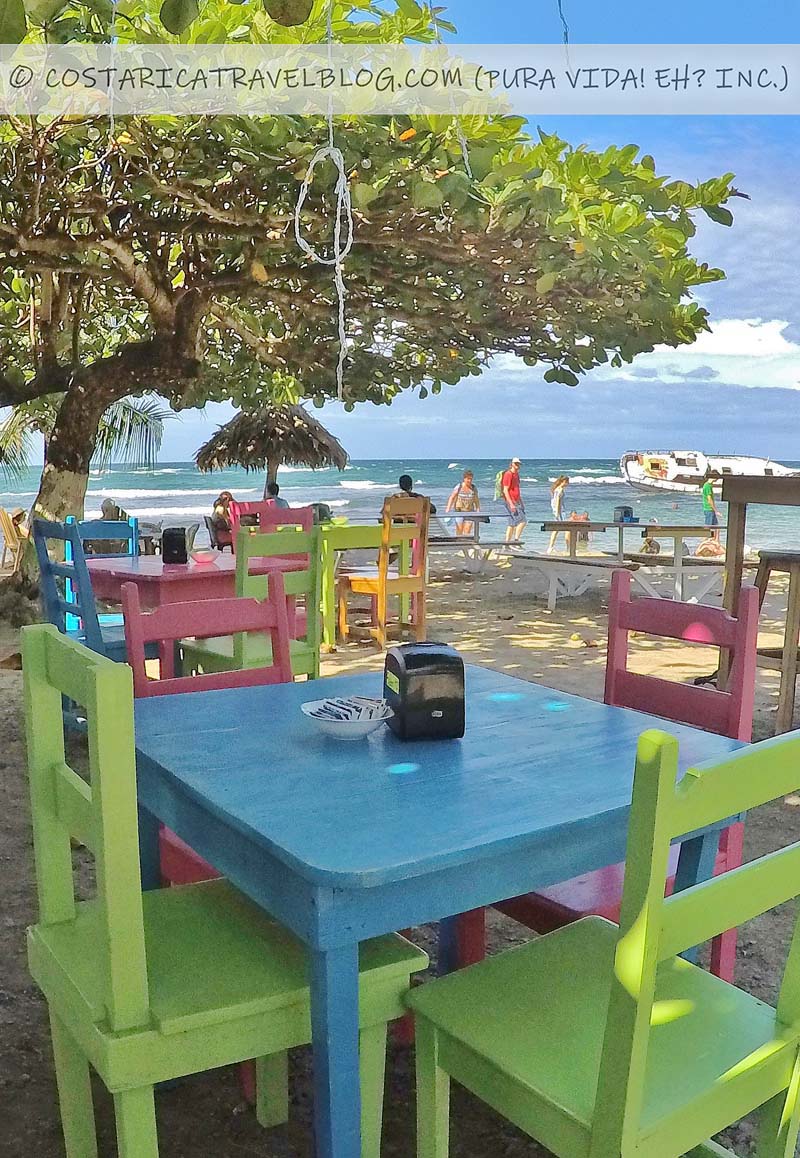
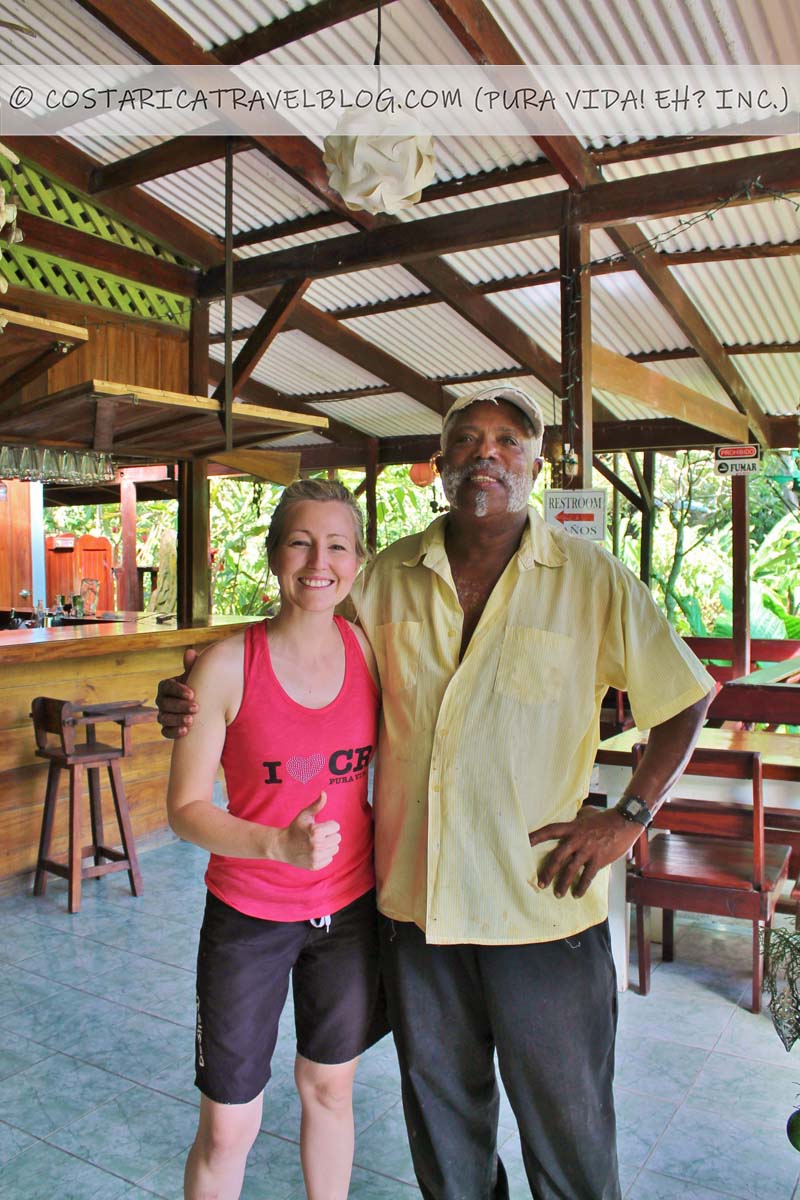
Get the Costa Rica info you need by browsing our article's TABLE OF CONTENTS:
- Puerto Viejo Costa Rica and us go way back
- A quick trip down memory lane
- Puerto Viejo basics: What to expect
- Caribbean food
- Restaurants and bars
- Tours, activities, and attractions
- Southern Caribbean beaches
- Accommodations
- Getting to and from Puerto Viejo Costa Rica
- Getting around Puerto Viejo
- Itinerary planning
- Other things worth knowing about Puerto Viejo Costa Rica
- Additional resources
Puerto Viejo Costa Rica and us go way back
If you’re familiar with our blog, you already know that we’ve been exploring Costa Rica together since the mid-2000s. You’ve been hearing us rant and rave about Costa Rica as a fantastic travel destination for more years than you can count, and you’ve followed our travels all over the country. You may know that we split our time in Costa Rica between La Fortuna and Turrialba, but it may surprise you to learn how–or rather where–our journey began. Though we first met on Costa Rica’s wild Pacuare River and later reconnected with the help of a story that great (and cheesy) movies are made of, our first date took place on Costa Rica’s Caribbean coast, in the jammin’ town of Puerto Viejo de Talamanca (Puerto Viejo, for short). For this reason, Puerto Viejo, which we return to often, holds a special place in our hearts.
To save you from the many “Puerto Viejo city guides” you’ll find online that don’t offer much beyond links to hotel and tour booking sites that provide monetary kickbacks to the guide’s creators, we’ve compiled the below resource. Our Puerto Viejo city guide provides new and sound information about Puerto Viejo Costa Rica that’s based on knowledge and firsthand experience acquired over several years, compiled by individuals who have long had (and continue to have) close ties to the town. If this kind of resource is up your alley, continue reading below and know that we’re grateful you prefer valuable content.
A quick trip down memory lane
We’ve been exploring Puerto Viejo since the mid-2000s, and we’ve enjoyed watching it grow and tracking its changes ever since. ❤️
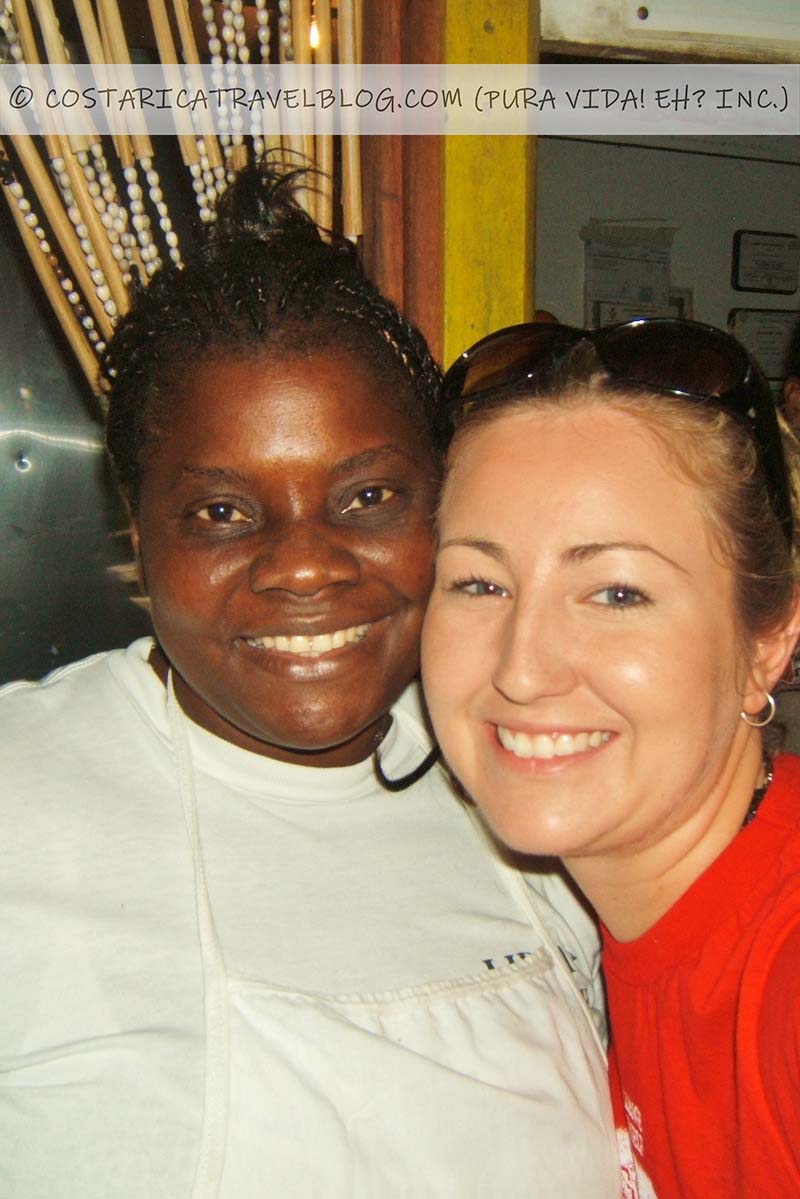
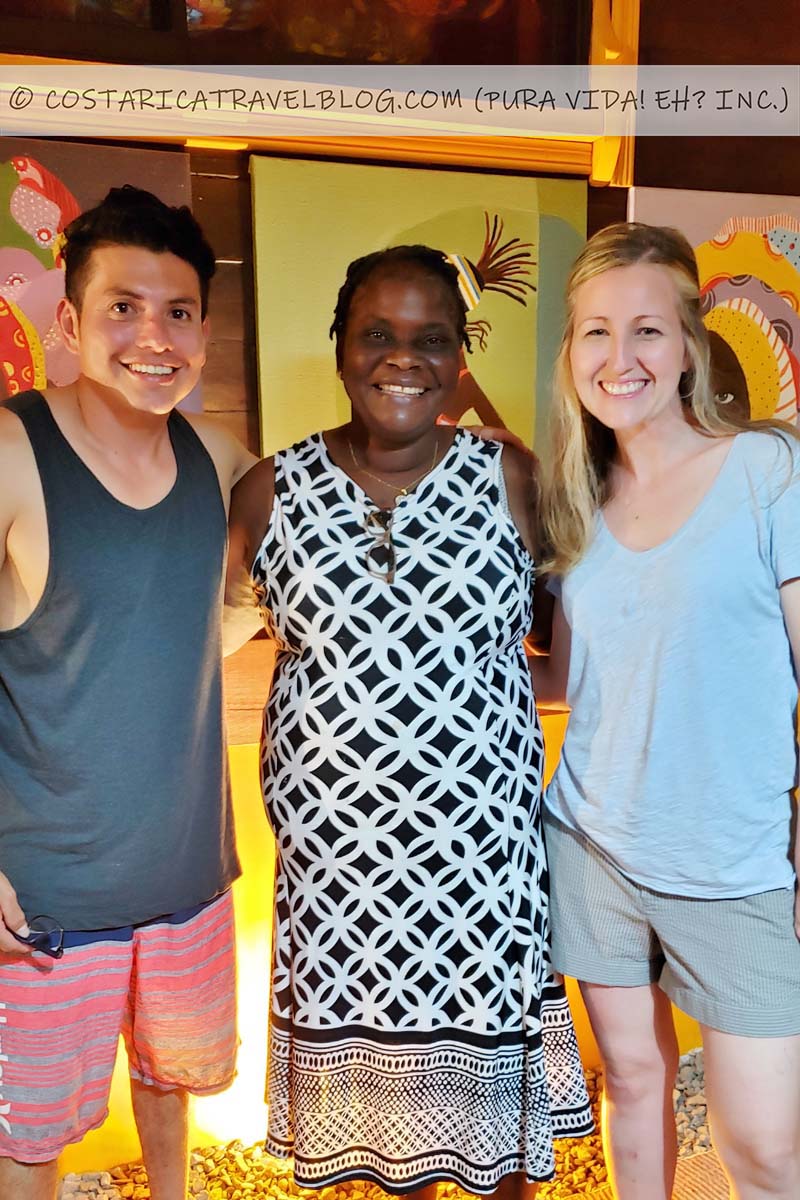
Puerto Viejo basics: What to expect
A sample of our personal photos from around Puerto Viejo de Talamanca:
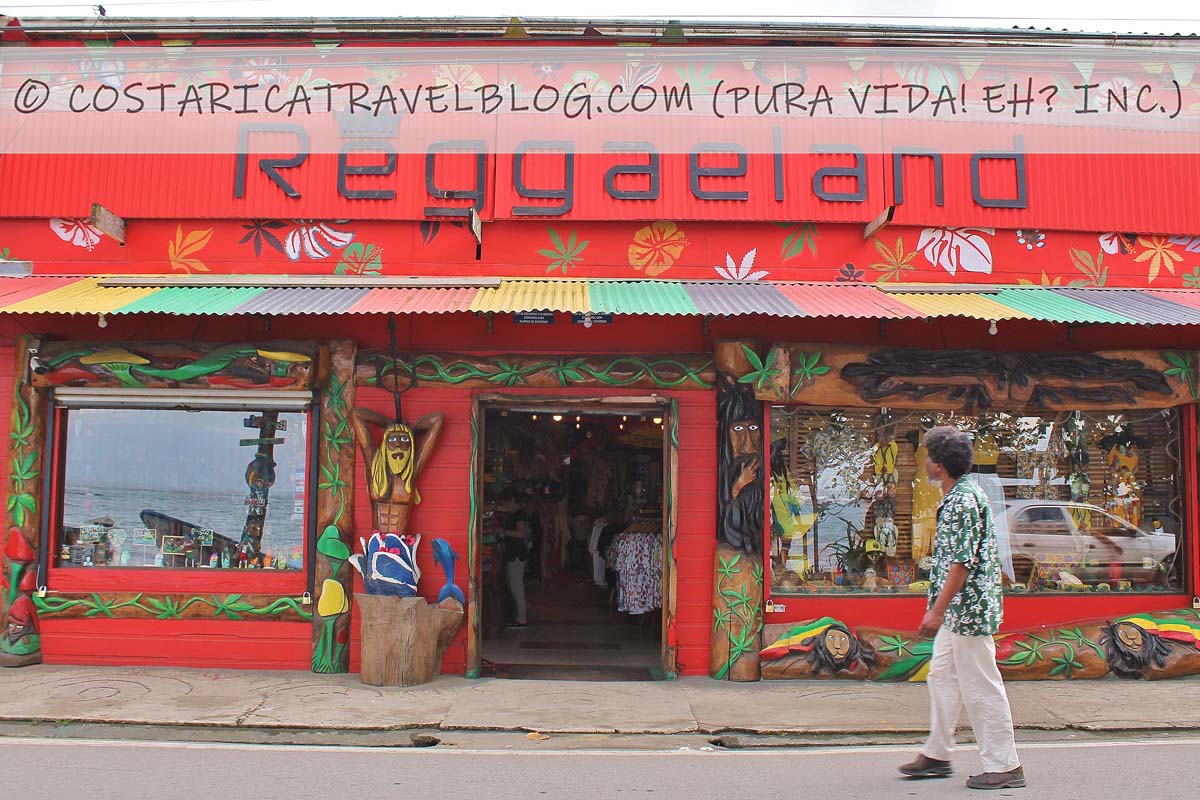
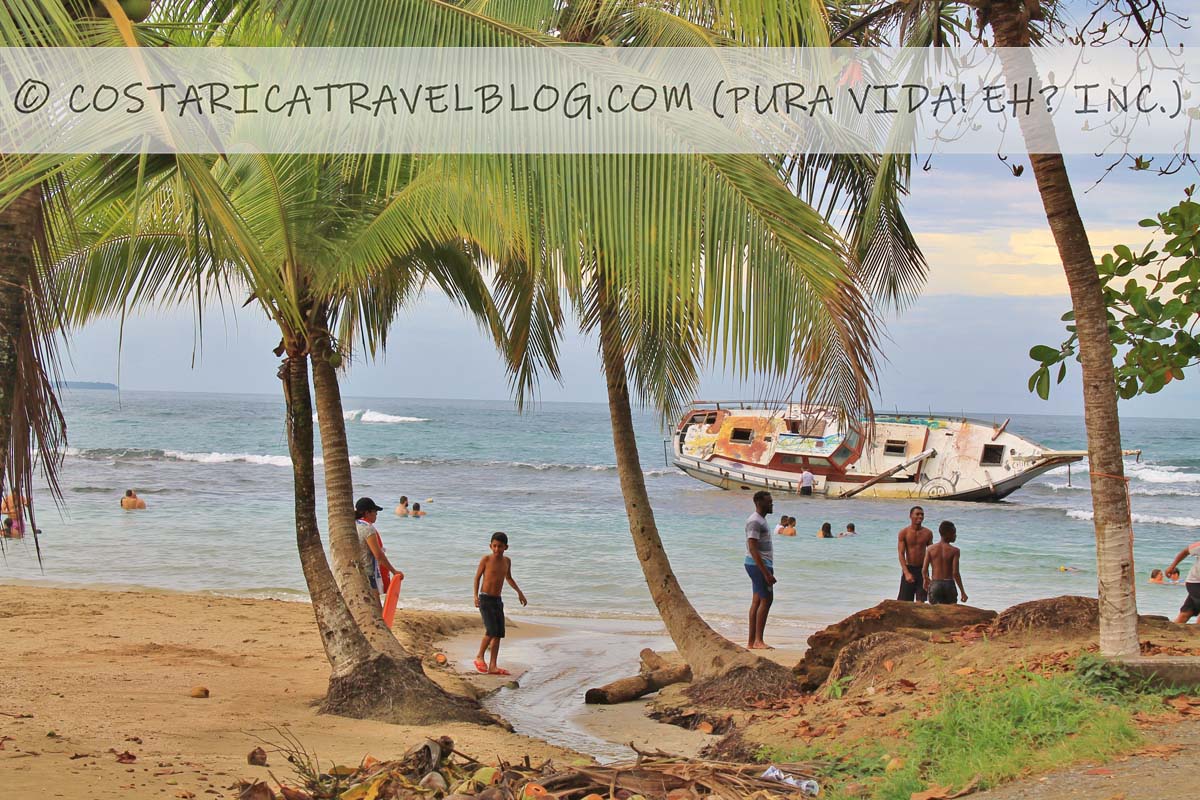
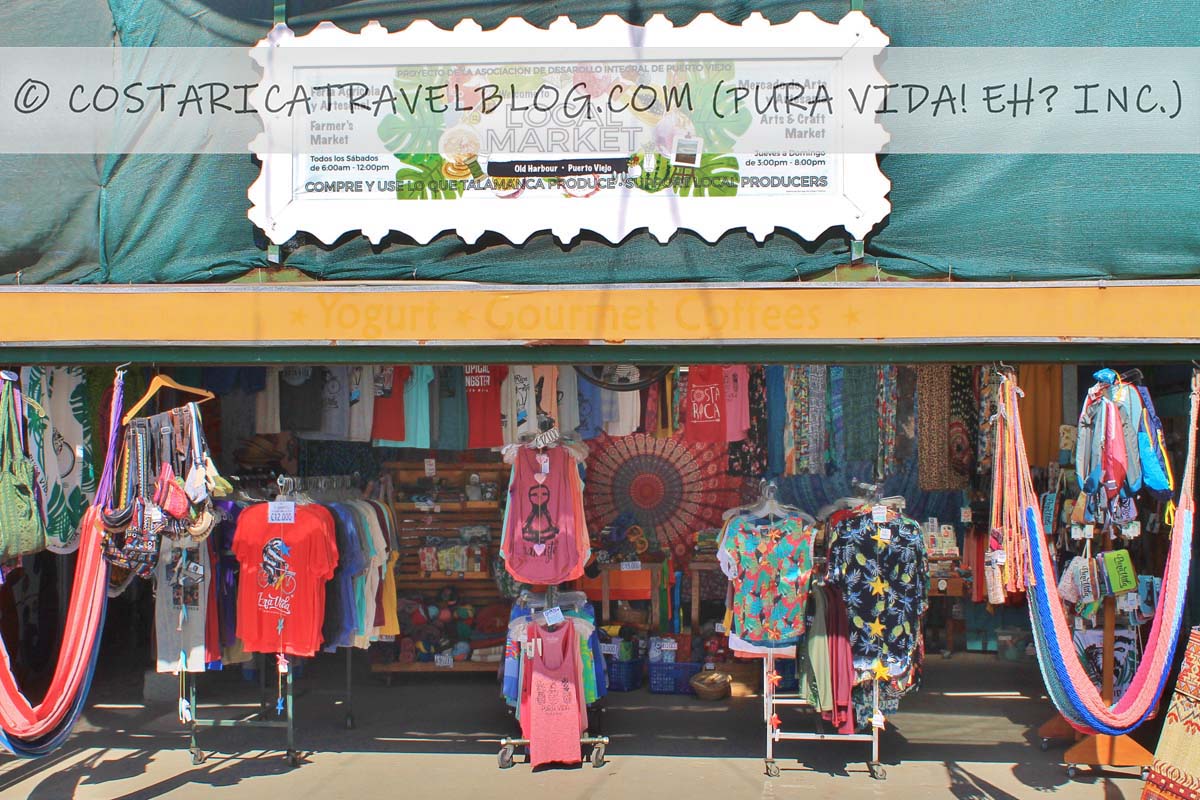
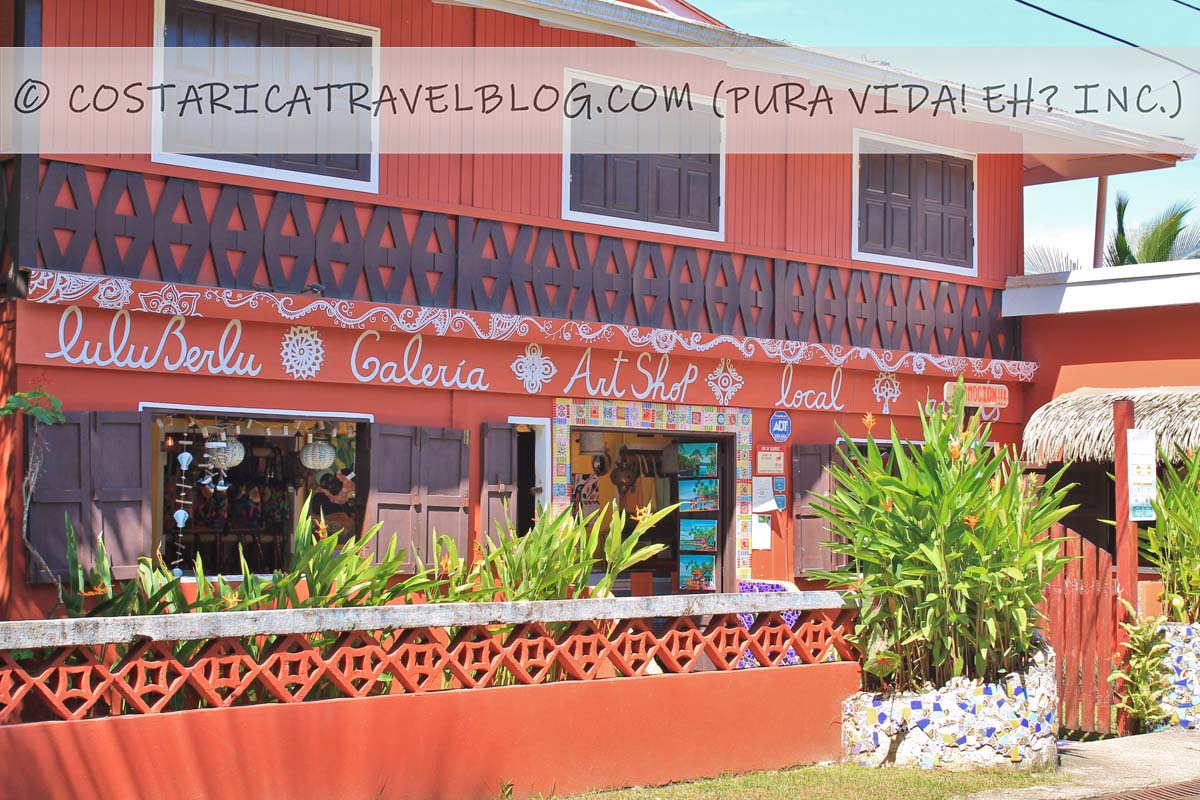

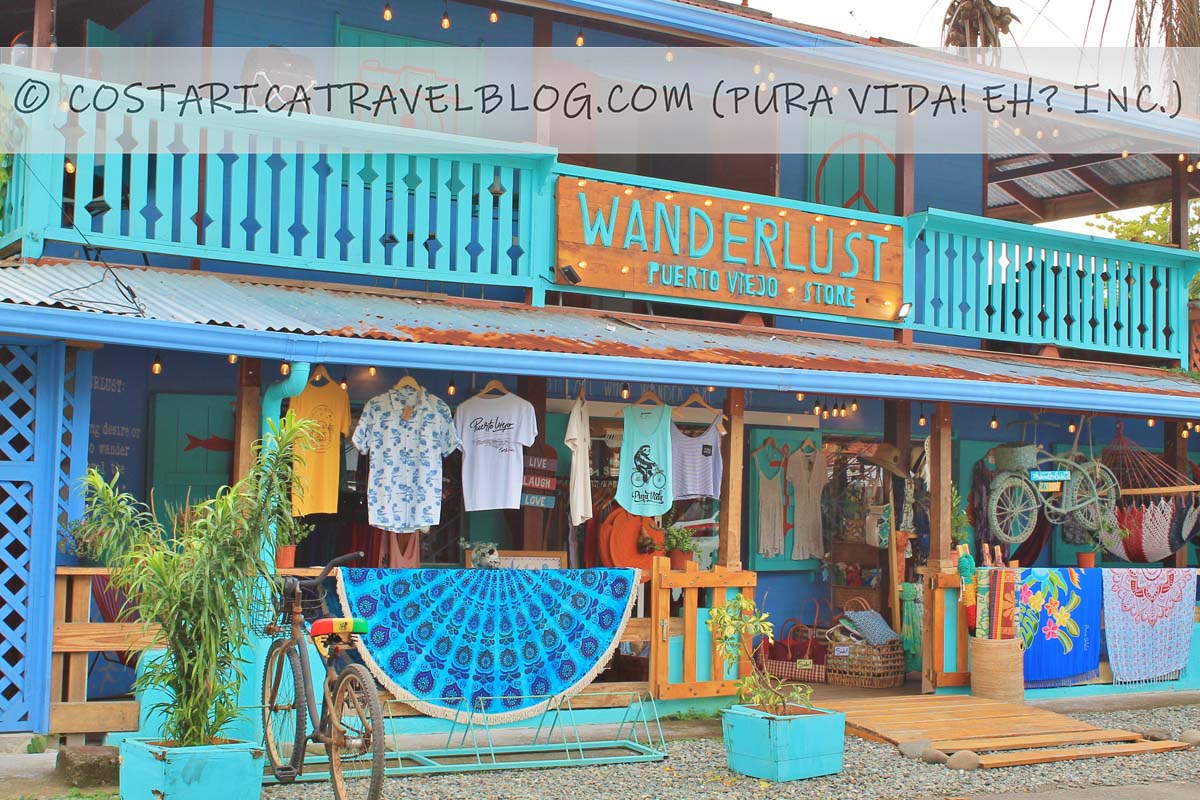
Atmosphere and presence of tourism
Despite the several obvious examples of tourism (hotels, souvenir shops, tour offices, etc.) that exist in and around town, Puerto Viejo doesn’t feel touristy. This is in part due to Puerto Viejo’s notorious, laid-back vibe. In the underdeveloped southern Caribbean, where locals live a slow-paced way of life and preach mantras of unity, Rastafarian religion, and love, showy commercialism–touristic or not–is neither applauded nor desired. In Puerto Viejo, one of Costa Rica’s most lackadaisical destinations, tourism is understated. Blending in with the town’s unassuming reggae-soaked character, tourism, in the form of opportunities to be active and explore, is there for the taking. On the other hand, you’ll fit in just fine if you’d rather do nothing at all but kick back at a bar or a beach.
Establishments in Puerto Viejo mirror the town’s subtle demonstration of tourism. Accommodations in the area range from inexpensive hostels to mid-range hotels, and, with the exception of a handful of high-quality places you can stay at, luxury is practically non-existent. Most accommodations take the form of small, one-story hotels or bungalows. Features like air conditioning, a complimentary breakfast, and an on-site pool aren’t automatic inclusions; they tend to require an accommodation upgrade. Dining opportunities in and around town are equally modest. Family-style soda restaurants and average-priced eateries outnumber upscale restaurants. If you’re traveling on a budget and are bound for Puerto Viejo, rest assured, the destination’s economical approach to tourism means there’s plenty to see and do within your means.
Tourism in Puerto Viejo is also present in its notable nightlife. There are plenty of places you can grab drinks at after dark, some of which are sprawled out on the beach. There’s usually something going on someplace in Puerto Viejo every night of the week, such as live music.
Most of Puerto Viejo’s tourism is found in the downtown core and along Road 256, the road that connects downtown to the neighboring village of Manzanillo and the Gandoca-Manzanillo National Wildlife Refuge. Puerto Viejo’s town center is a geographically small but concentrated place packed with souvenir stores, accommodations, restaurants, bars, and a handful of tour operator offices. The town also has banks, ATMs, a medical clinic, pharmacies, a post office, a laundromat, grocery stores, and other services you might want or need to access during your visit. There’s a police station and a gas station within close proximity.
Language: Is English spoken in Puerto Viejo?
English is widely spoken in Puerto Viejo due in part to large numbers of Jamaican descendants and American and Canadian expats who reside in the area. Though most Costa Ricans aren’t bilingual, the majority of locals who work as tour guides, restaurant wait staff, and hotel reception staff in Puerto Viejo are able to converse in Spanish and English. Many other individuals who work in the tourism industry, including drivers and hotel cleaning staff, as well as other townspeople, such as individuals who work at banks, pharmacies, and grocery stores, have at least a basic understanding of English (if it isn’t their first language). Practice of the English language is welcome in Puerto Viejo.
Caribbean food

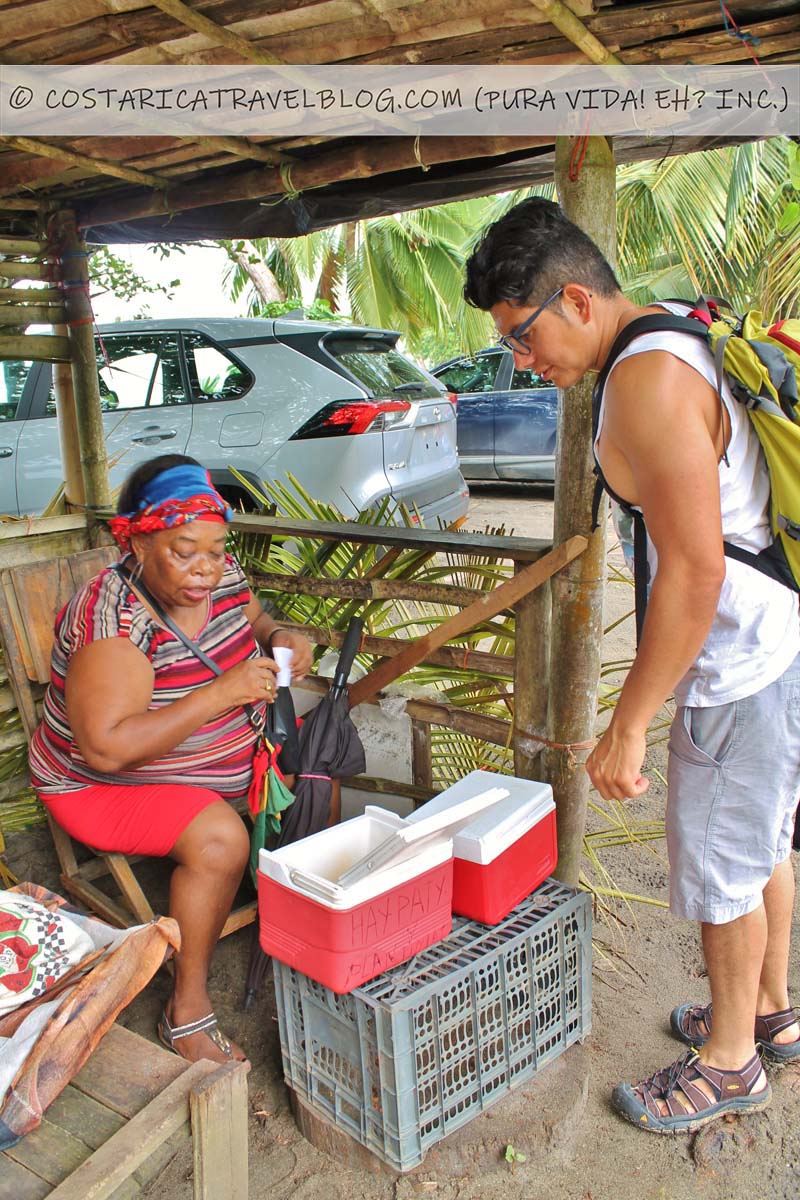


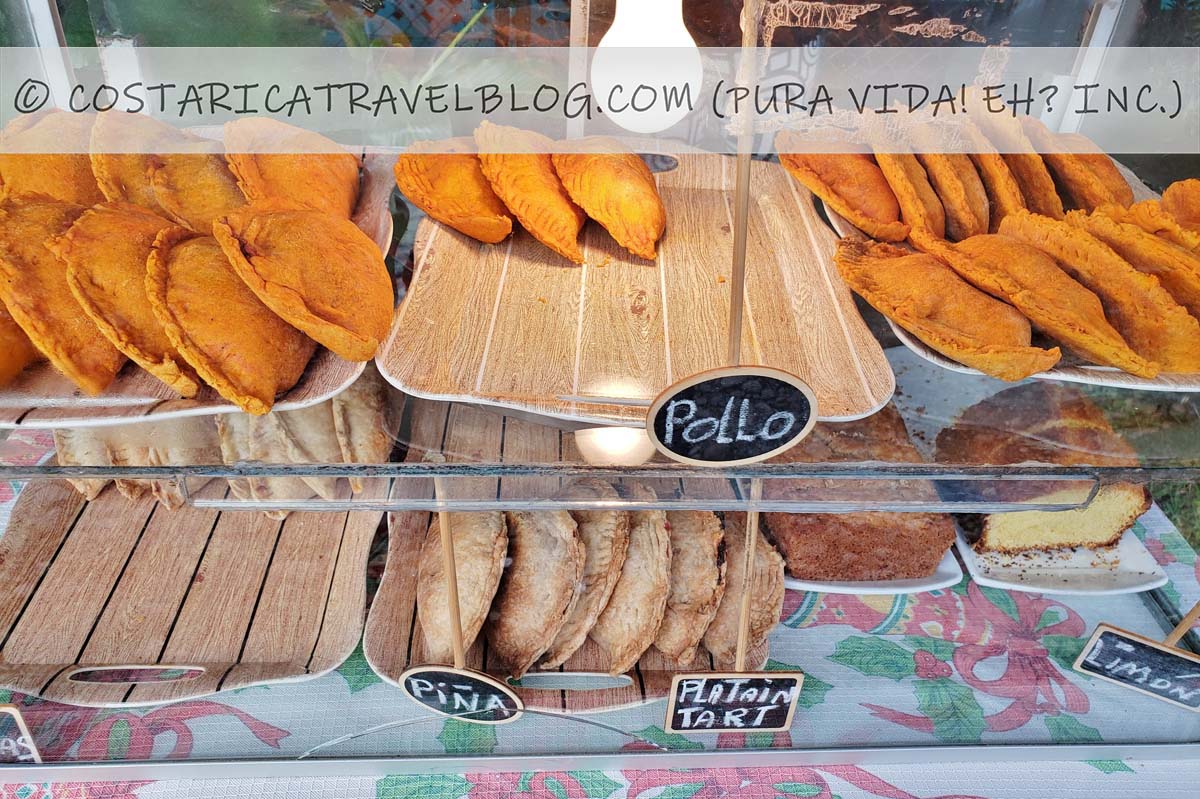
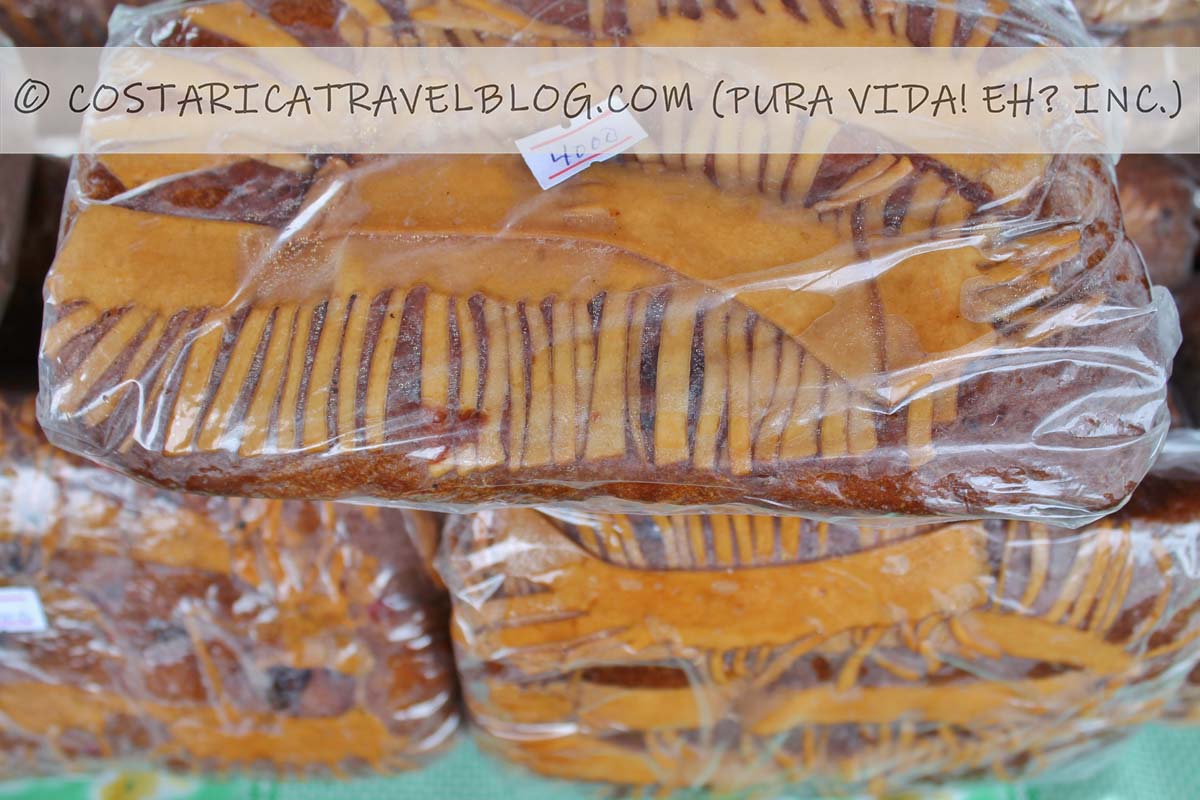
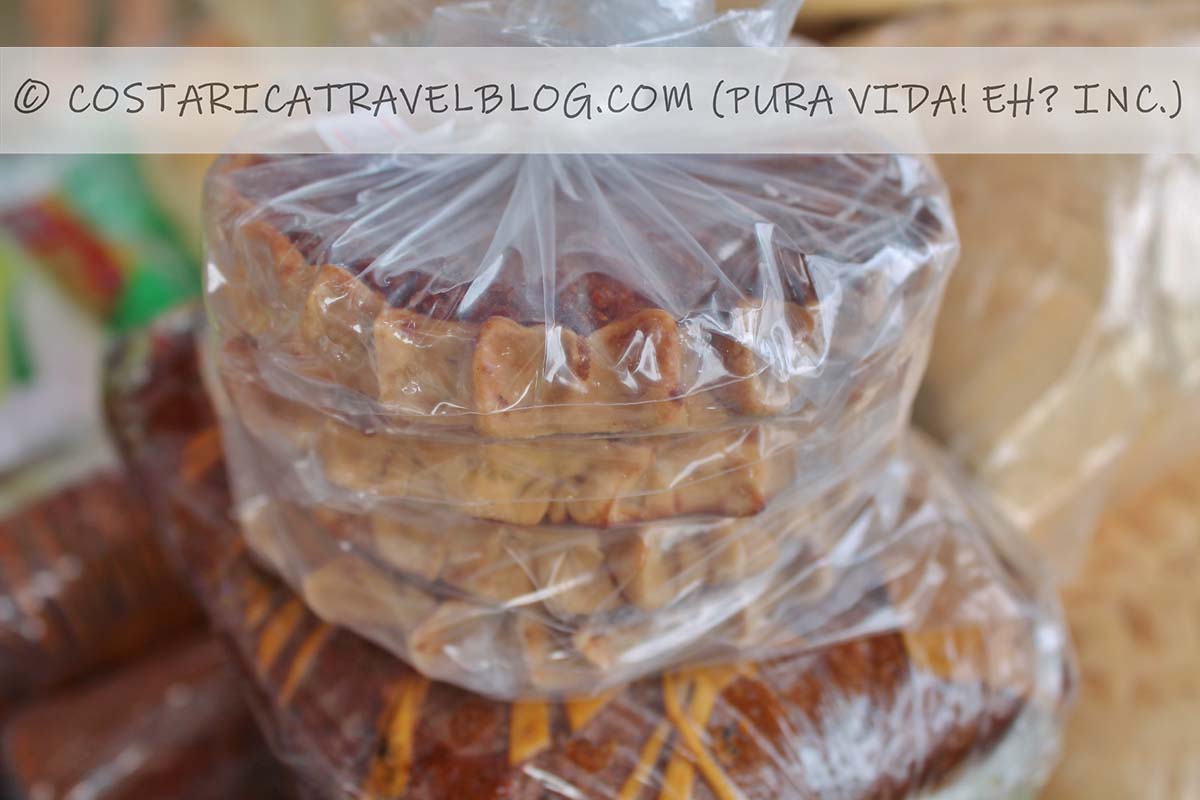
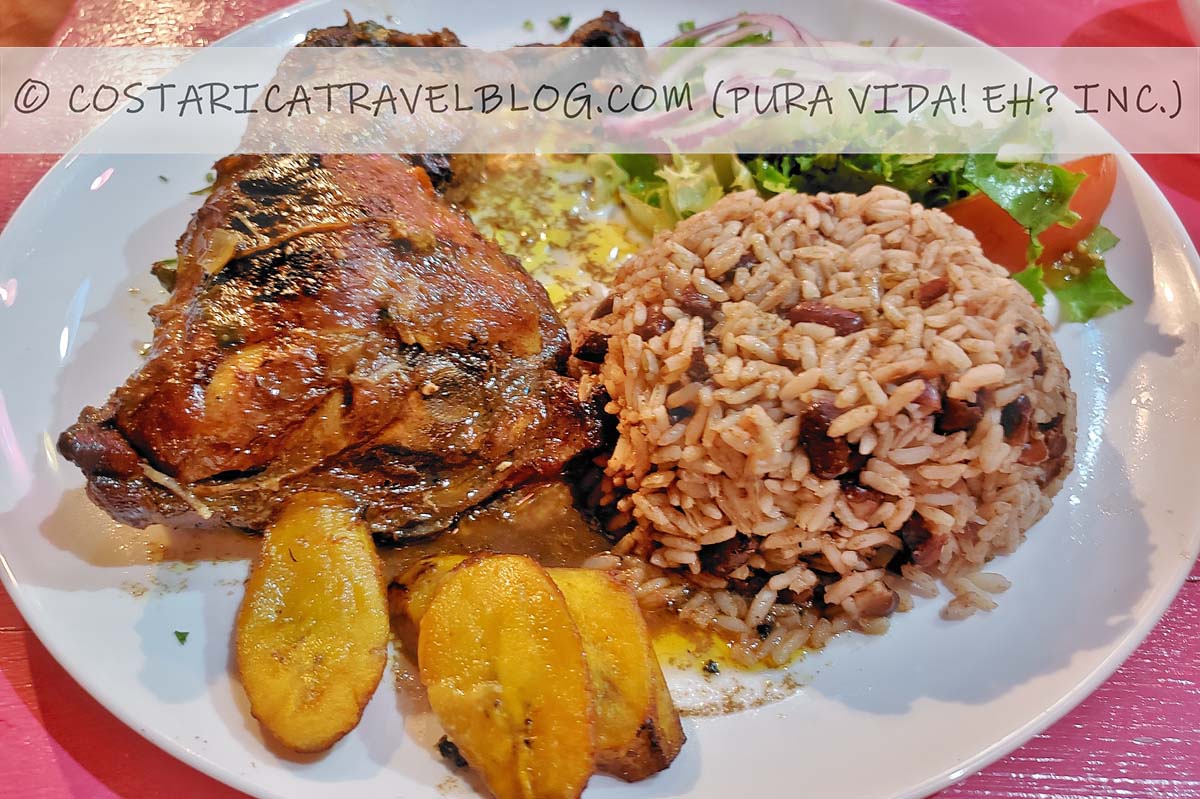
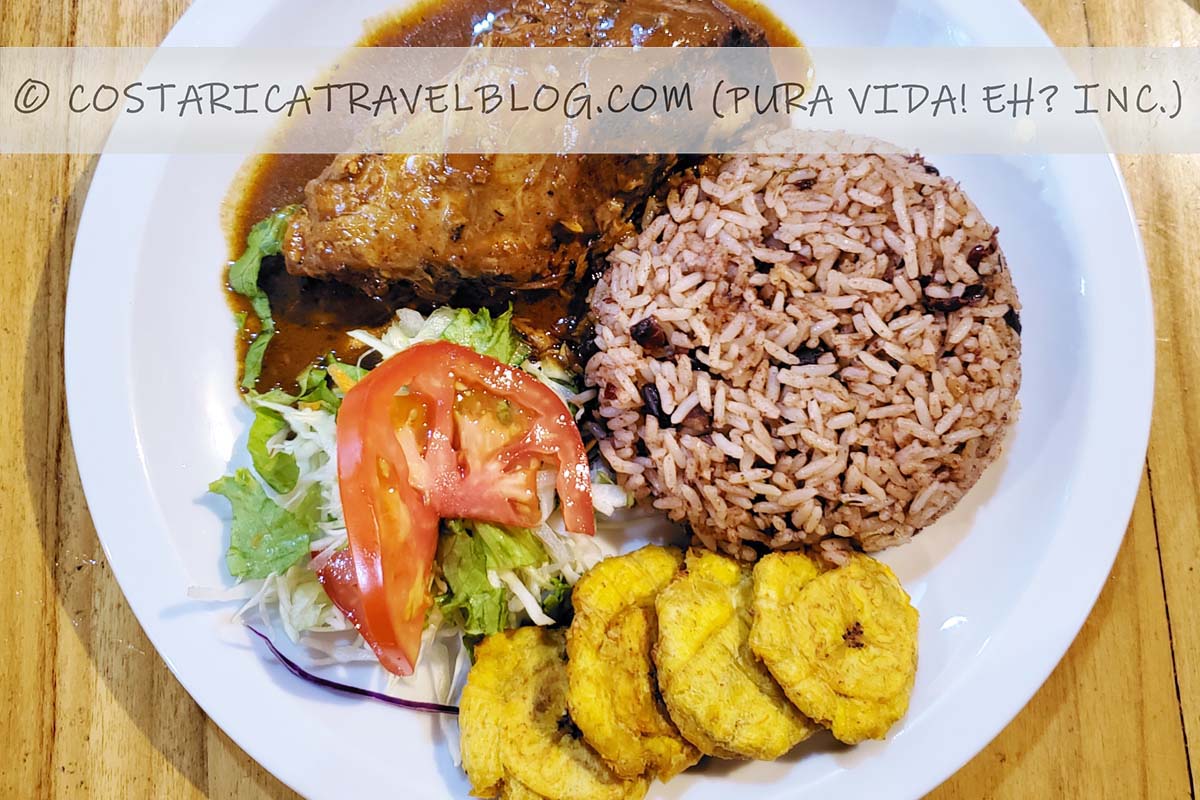
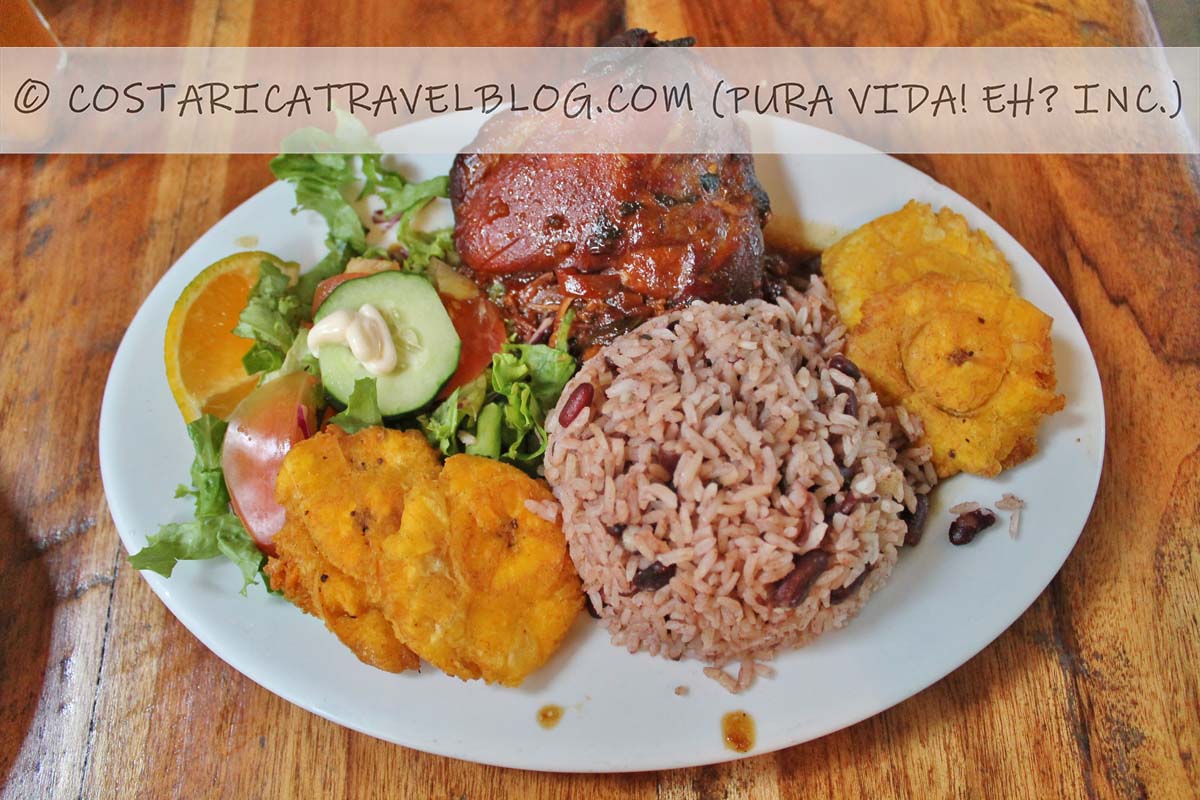
Dining out in Puerto Viejo isn’t just a routine part of survival, it’s a cultural experience. No other region of Costa Rica produces such beloved, flavorful, and delicious food like the Caribbean, so be on the lookout for unique Caribbean-inspired dishes that are all the rage in Puerto Viejo.
You can learn more about Caribbean food in Costa Rica (and other Costa Rican foods) by reading our related blog post Costa Rica Food Guide: 30 Things To Eat In Costa Rica And When To Eat Them, but local favorites worth a trying include coconut rice and beans, pan bon, patis, rondon, chicken in Caribbean sauce, patacones, and cocadas, among others.
Restaurants and bars
A sample of our personal photos from some of the Puerto Viejo restaurants we’ve eaten at:
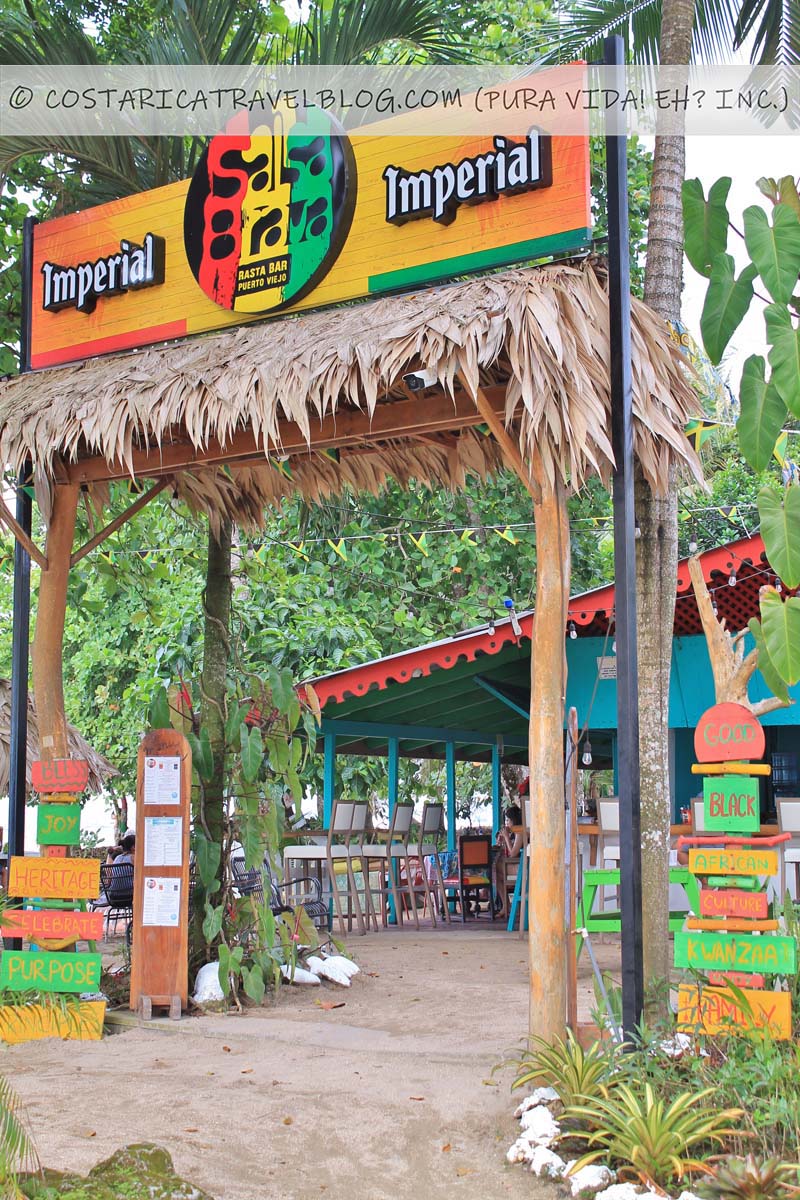



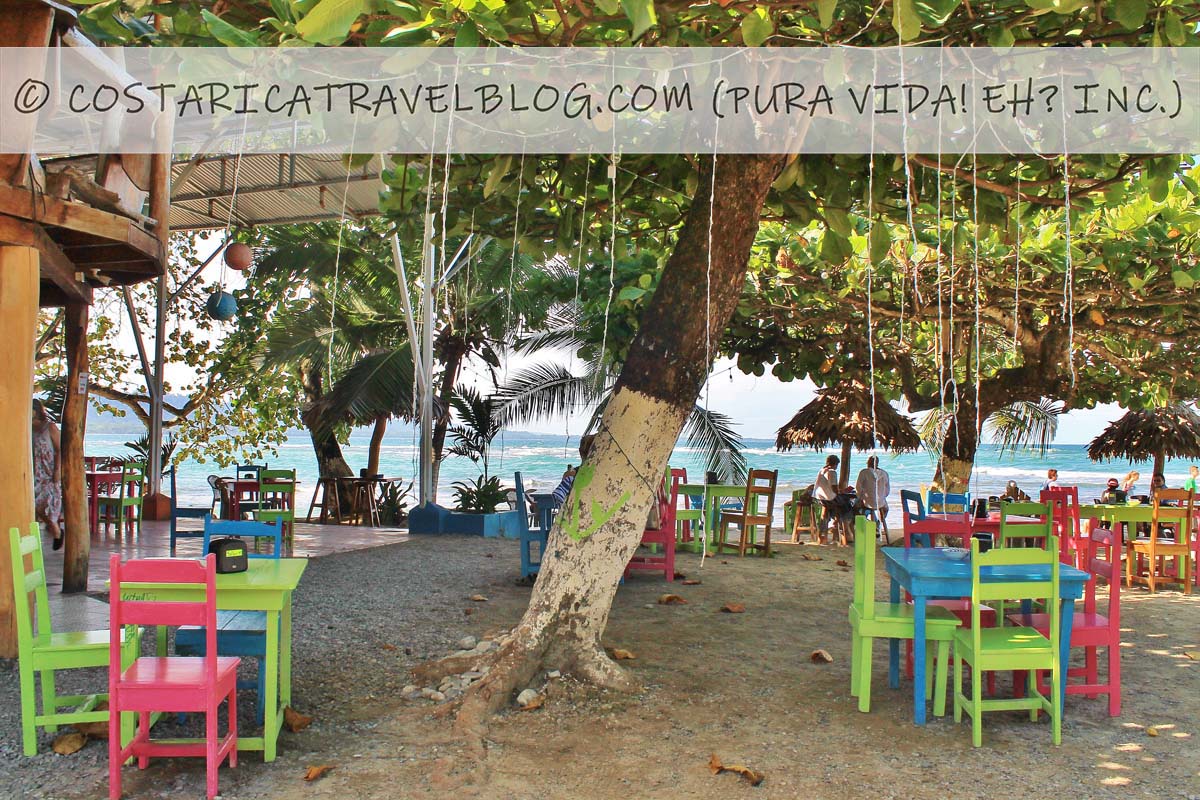
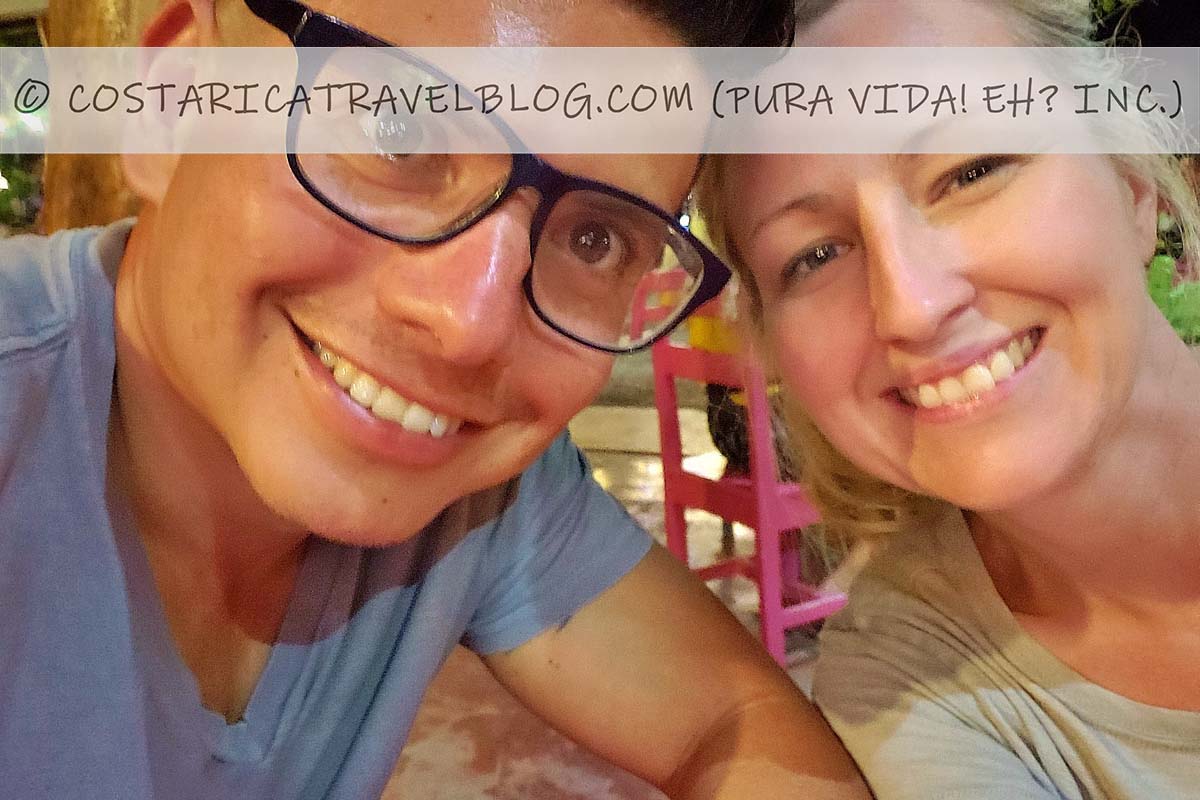
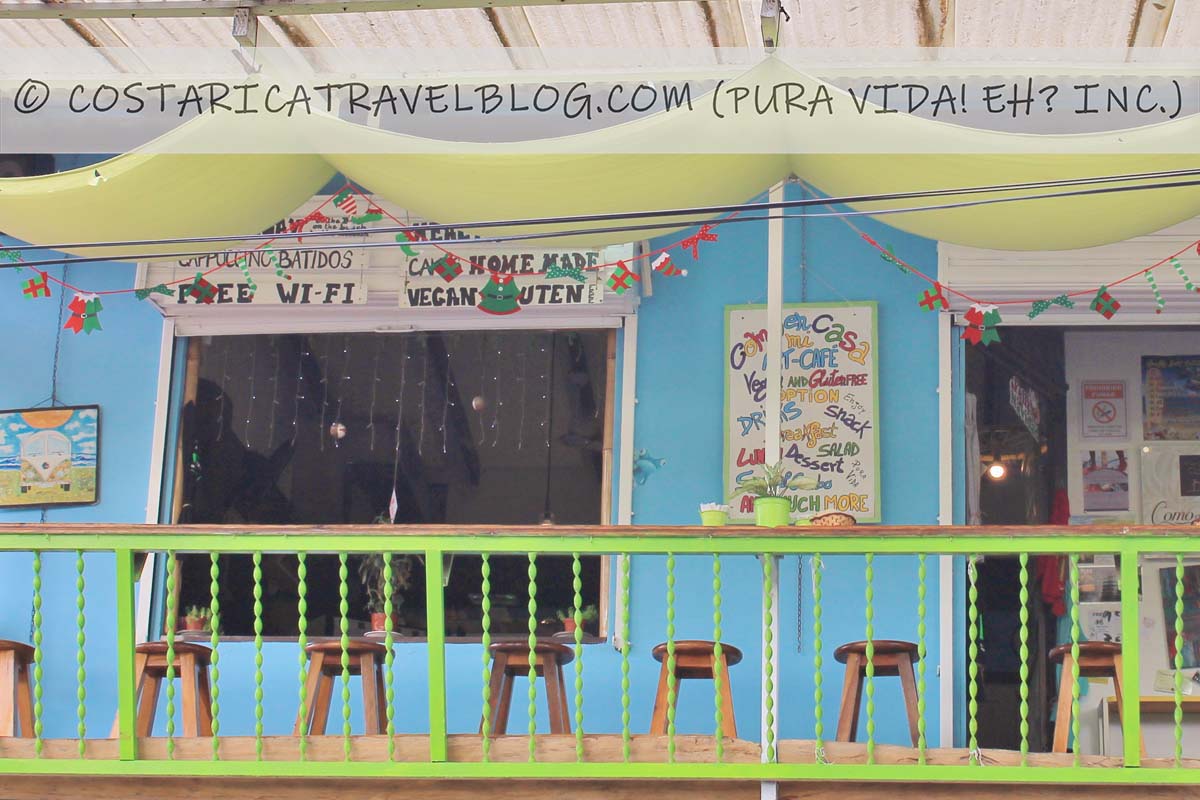


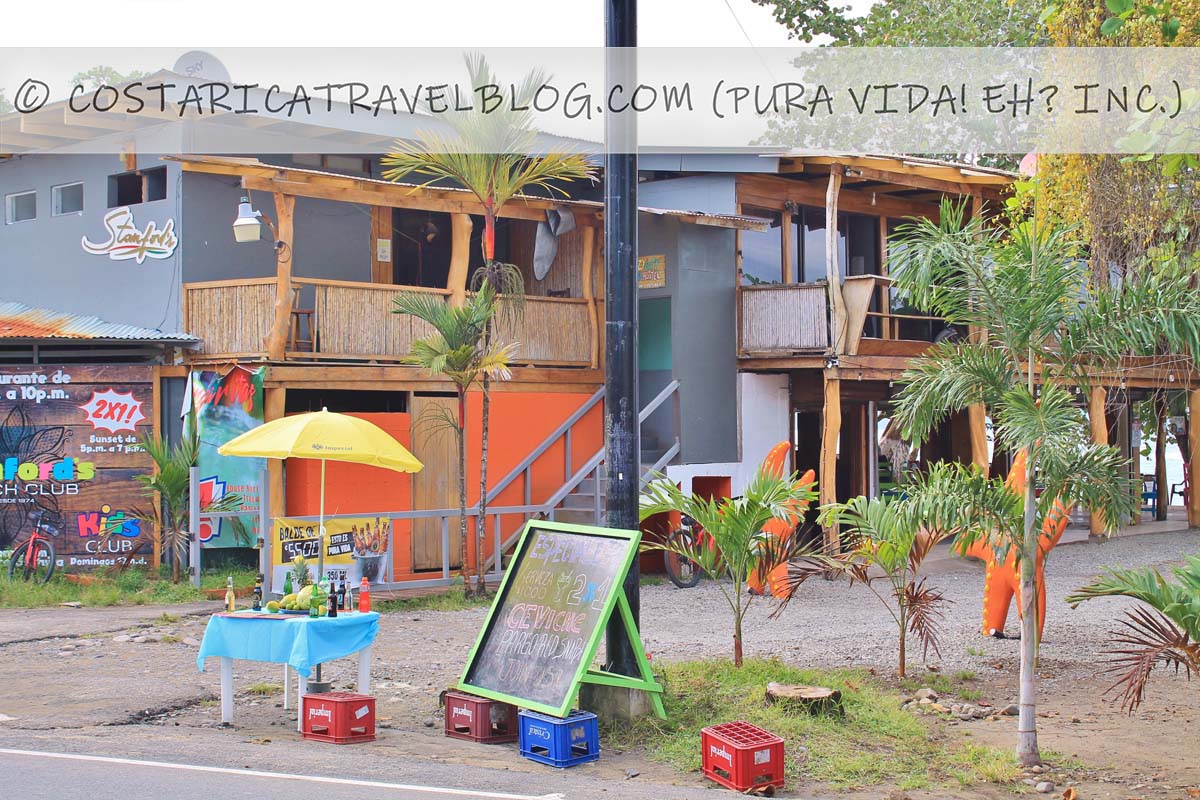
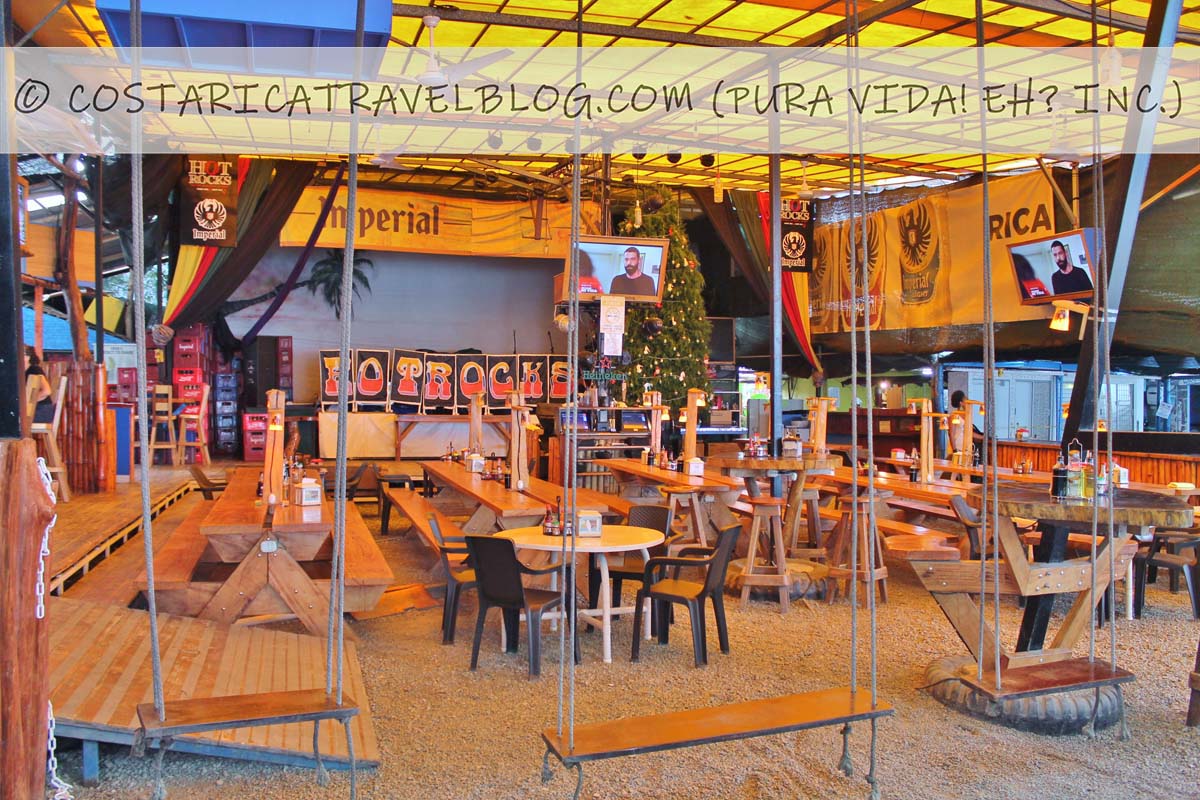
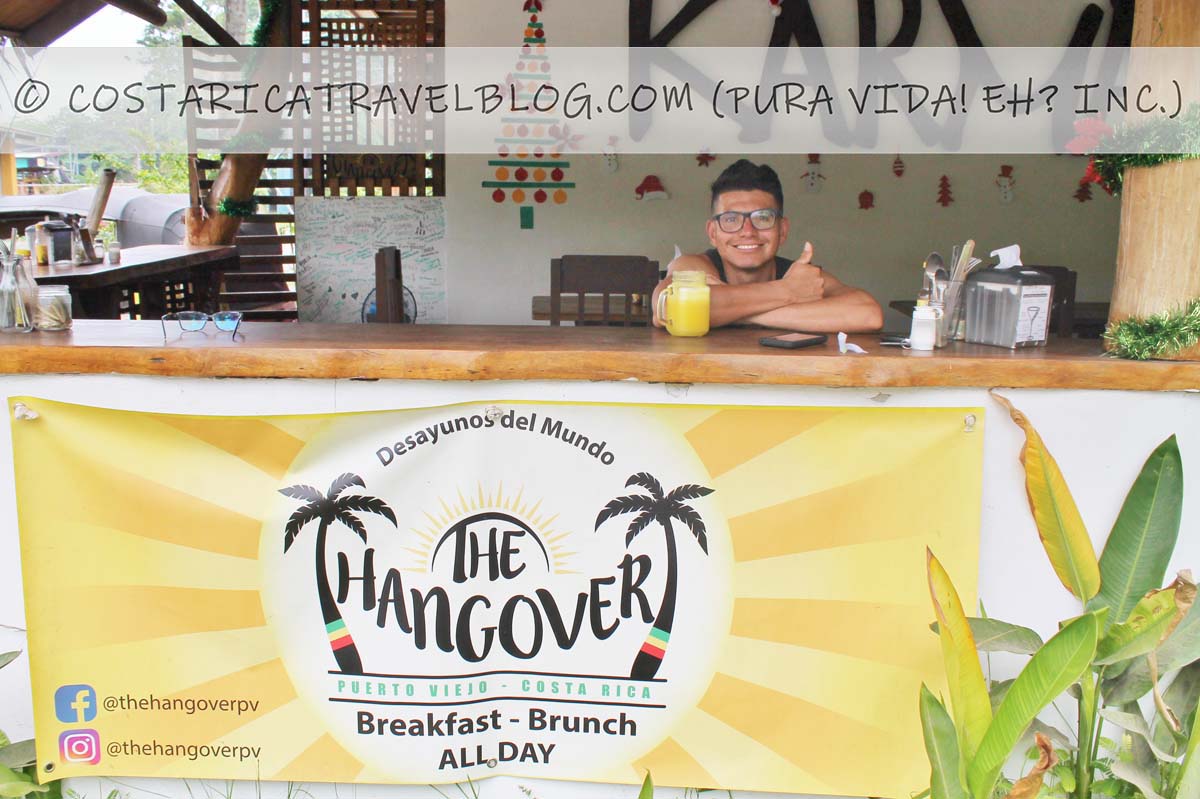
For such a small town, Puerto Viejo has a surprising number of restaurants. Several traditional Costa Rican restaurants (called soda restaurants) are scattered around town. They serve the most authentic Costa Rican food and offer the lowest meal prices. Other, slightly fancier, restaurants in town fuse Costa Rican cuisine with international dishes. Both of these establishment types serve the delicious Caribbean-inspired cuisine (see the “Caribbean food” section above for details) that draws travelers to Costa Rica’s southern Caribbean coast.
You’ll find the highest concentration of restaurants in downtown Puerto Viejo. Other restaurants line Road 256 as it travels east of Puerto Viejo toward Manzanillo. These restaurants are great to access if you choose to station yourself at any one of the southern Caribbean beaches for the day, including Playa Cocles, Playa Chiquita, Playa Punta Uva, or Playa Manzanillo (Playa Grande). In addition, a number of hotels in and around Puerto Viejo have their own on-site restaurant that’s open to the public. In general, meal prices at hotel restaurants are higher than meal prices at restaurants in downtown Puerto Viejo.
Tours, activities, and attractions
A sample of our personal photos from some of the Puerto Viejo tours and activities we’ve experienced:
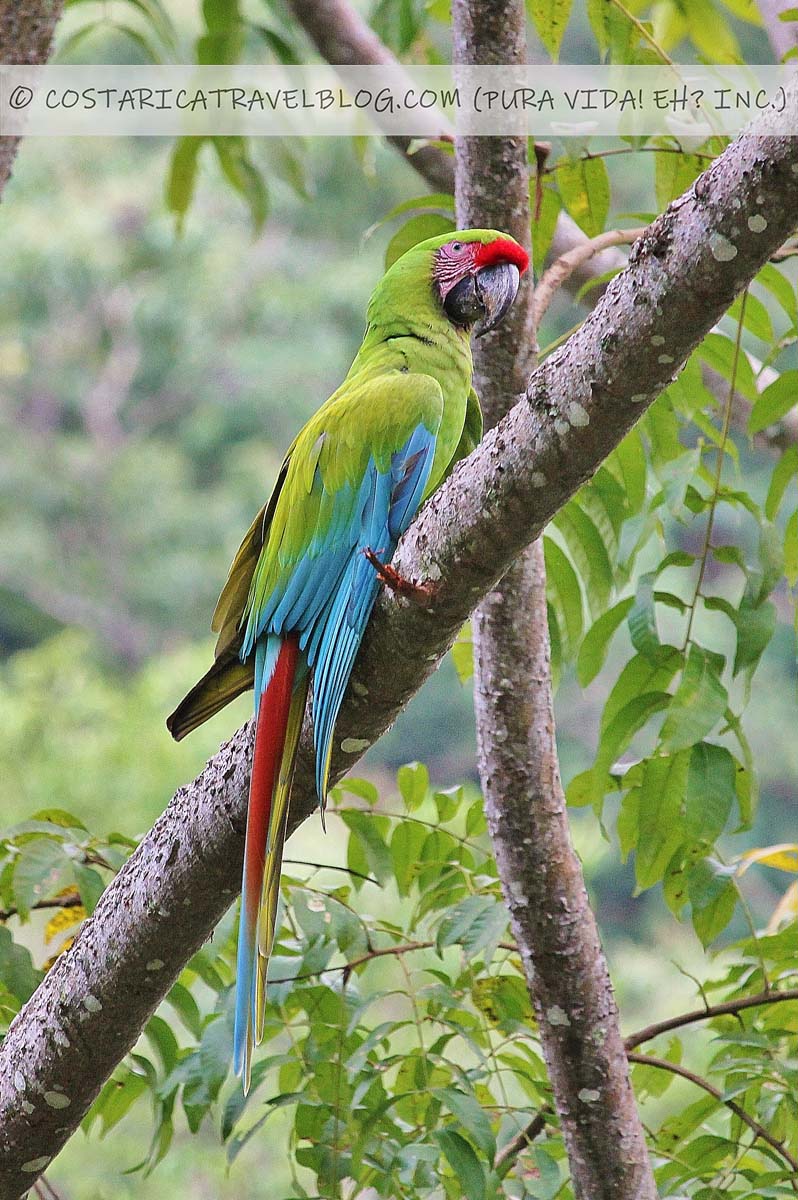


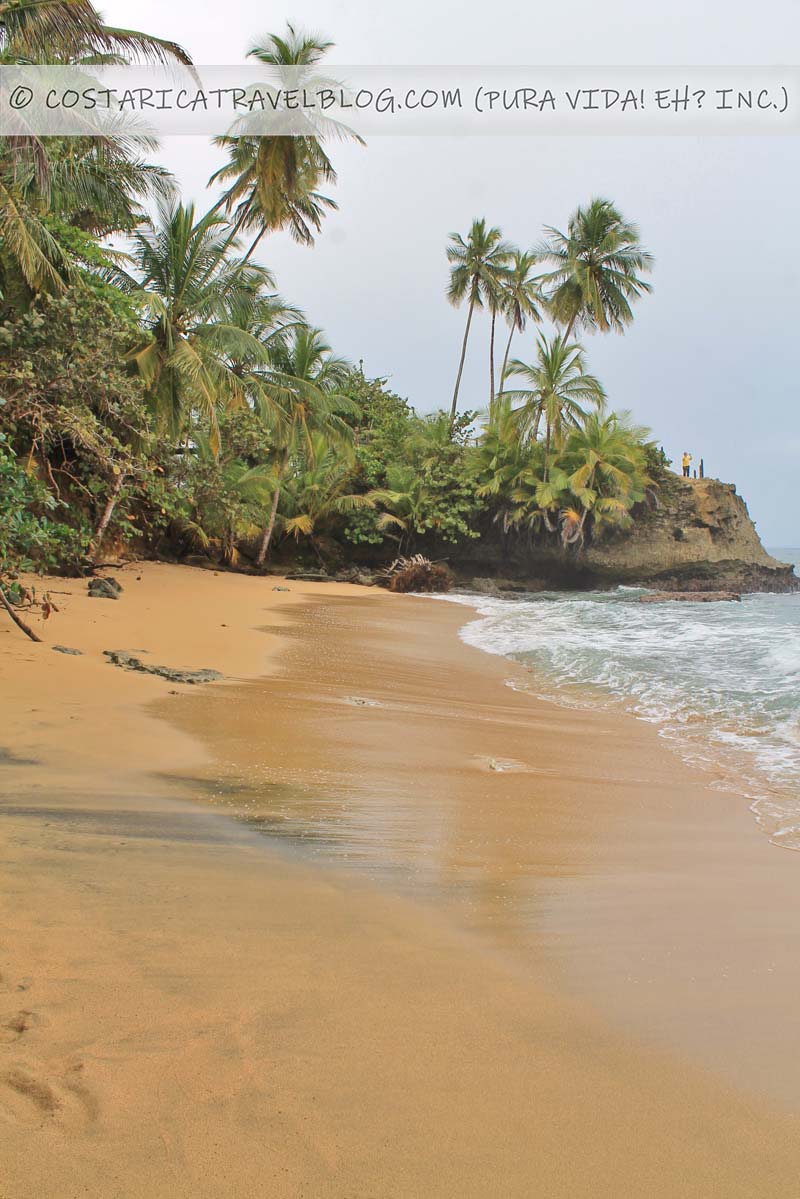
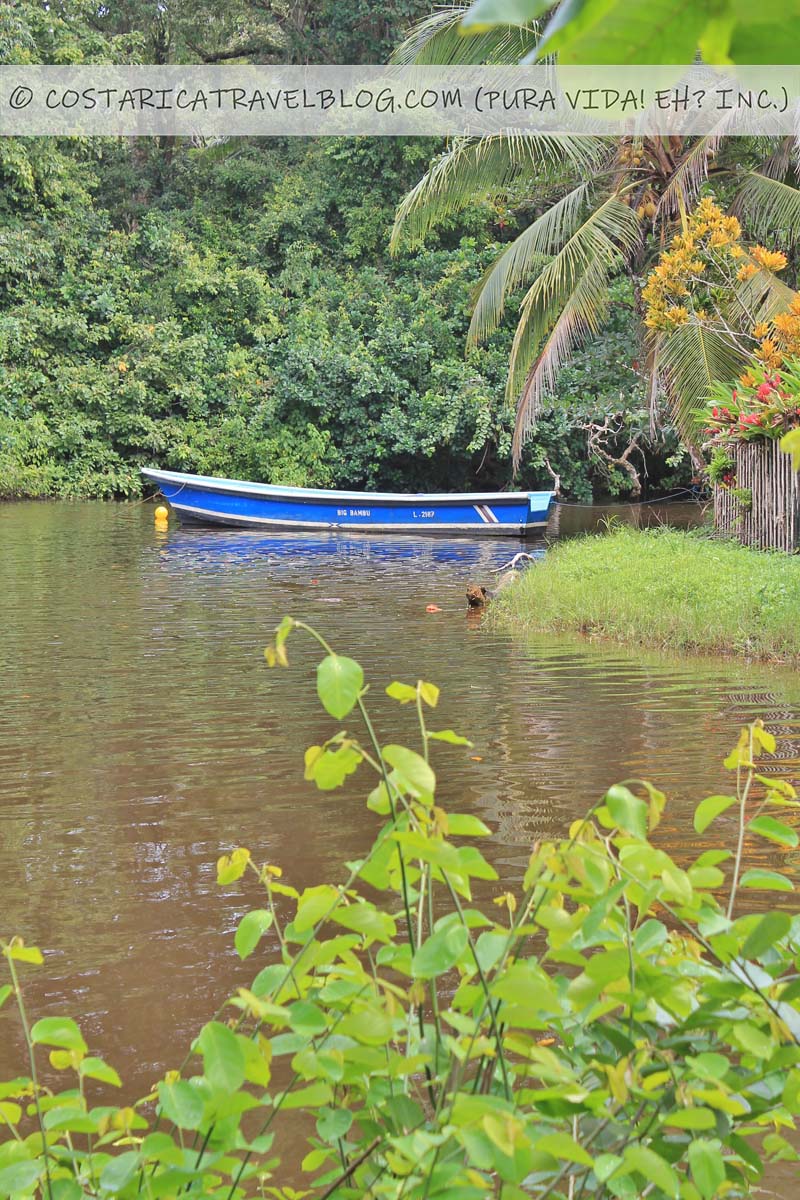



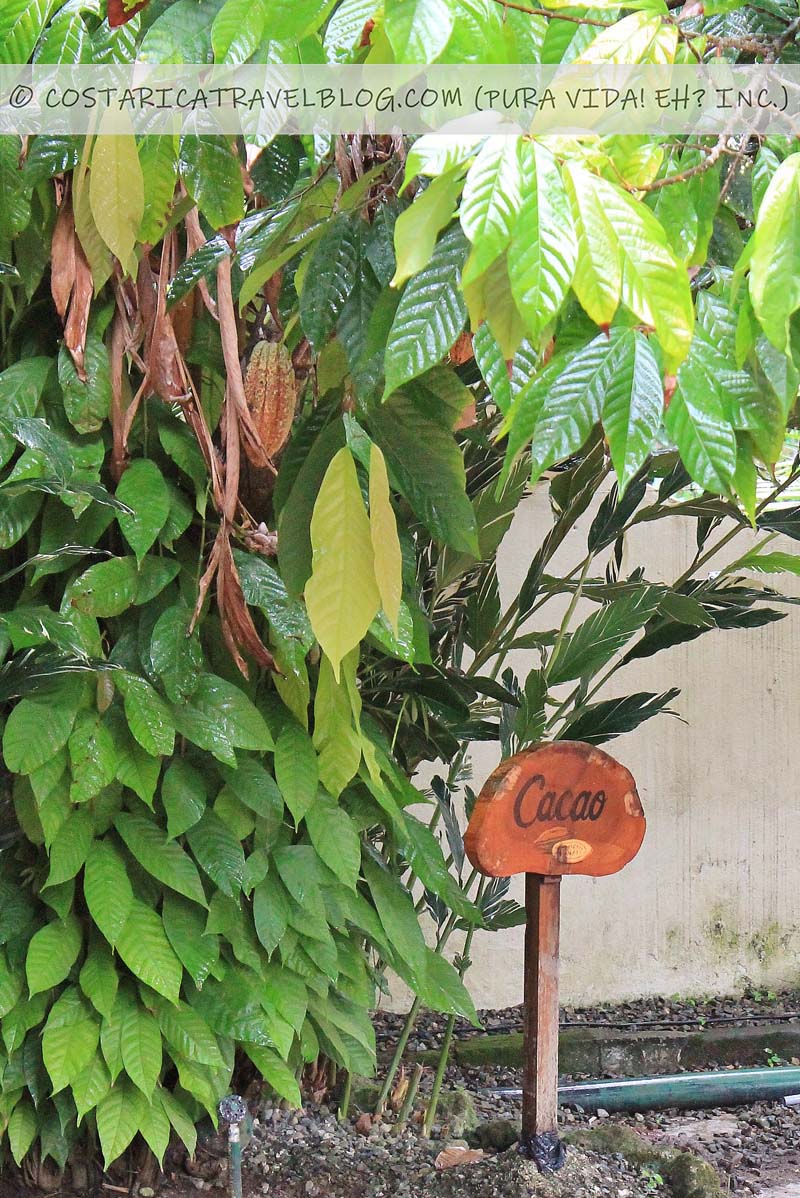
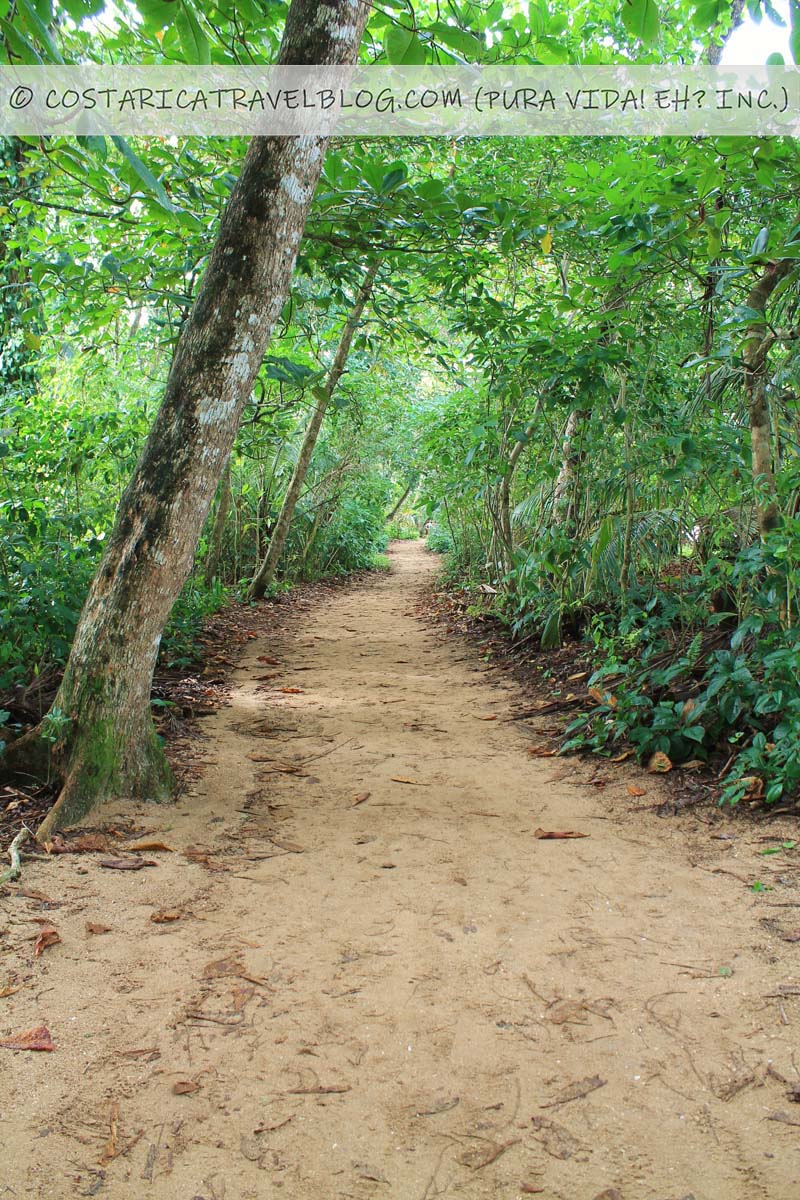
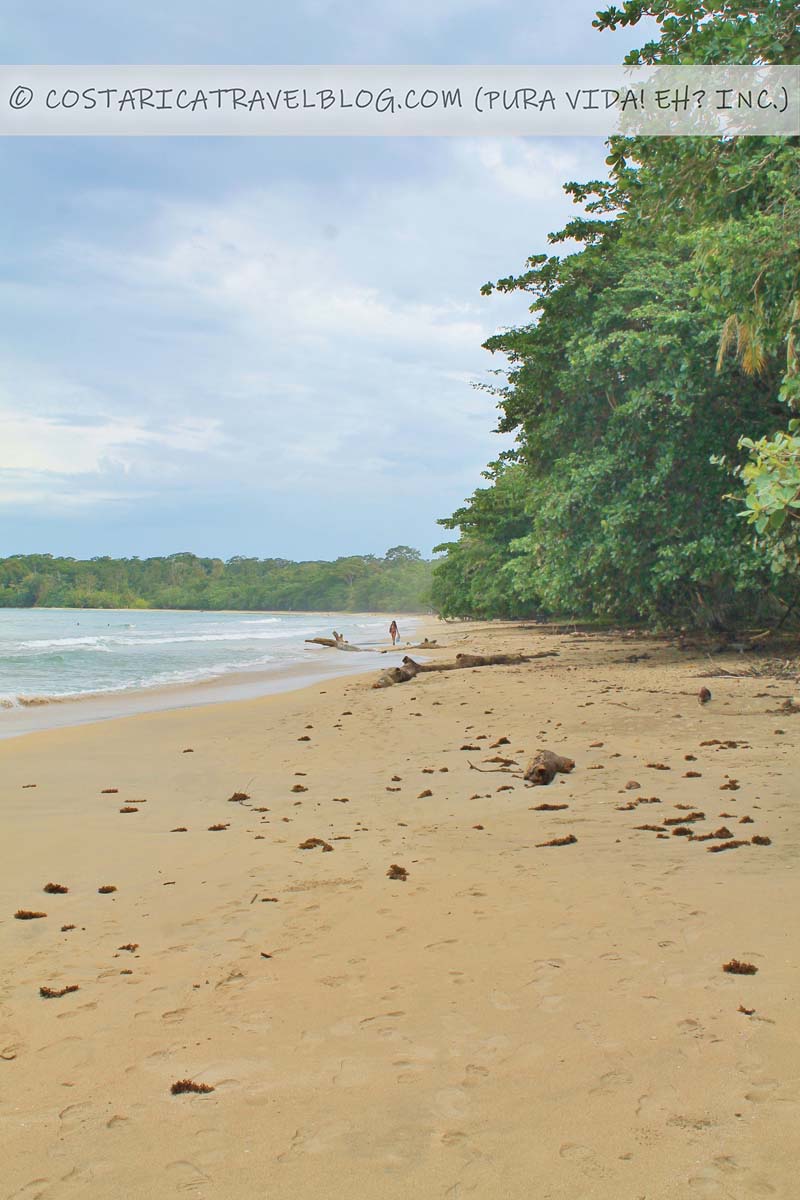
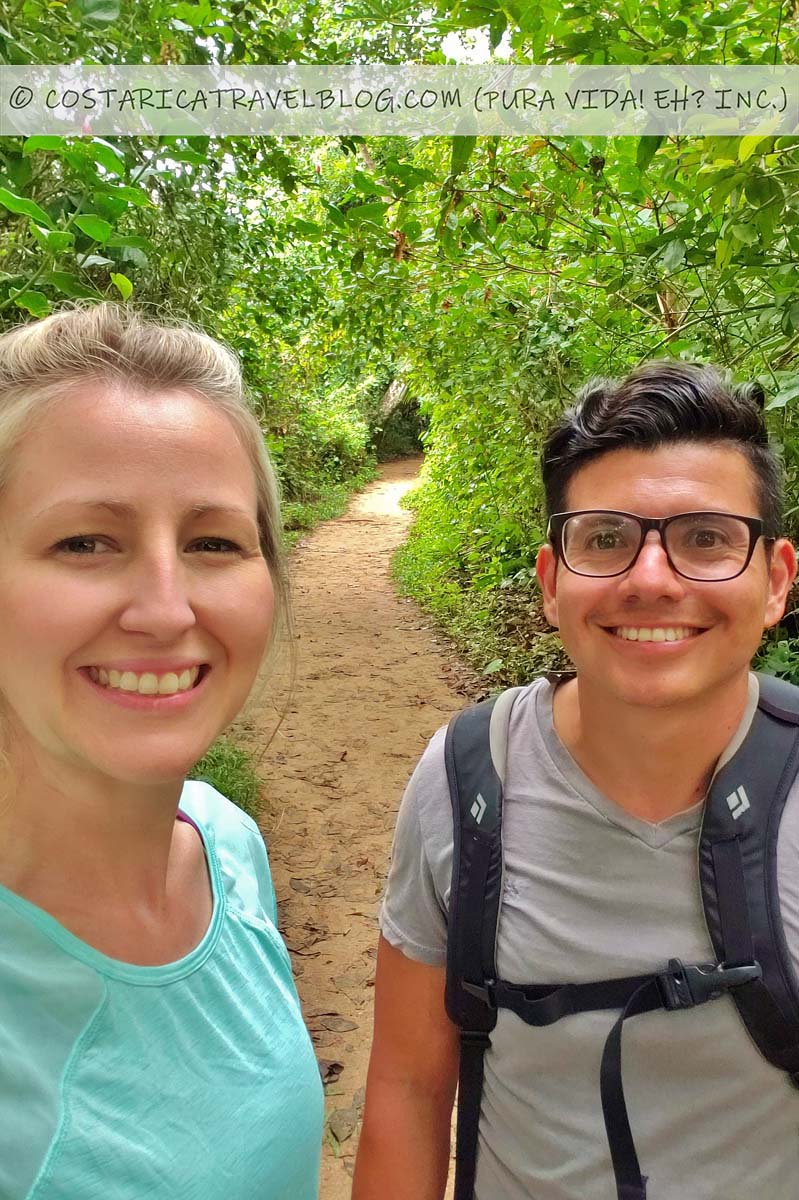
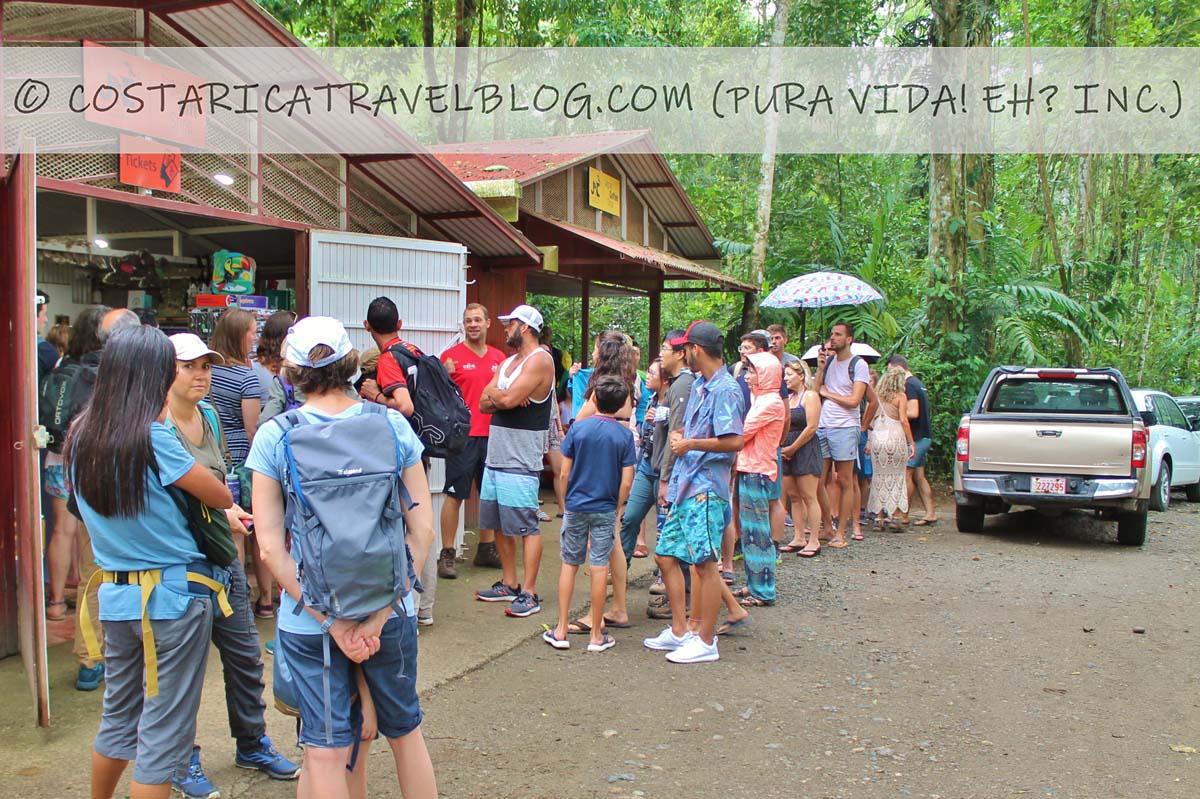
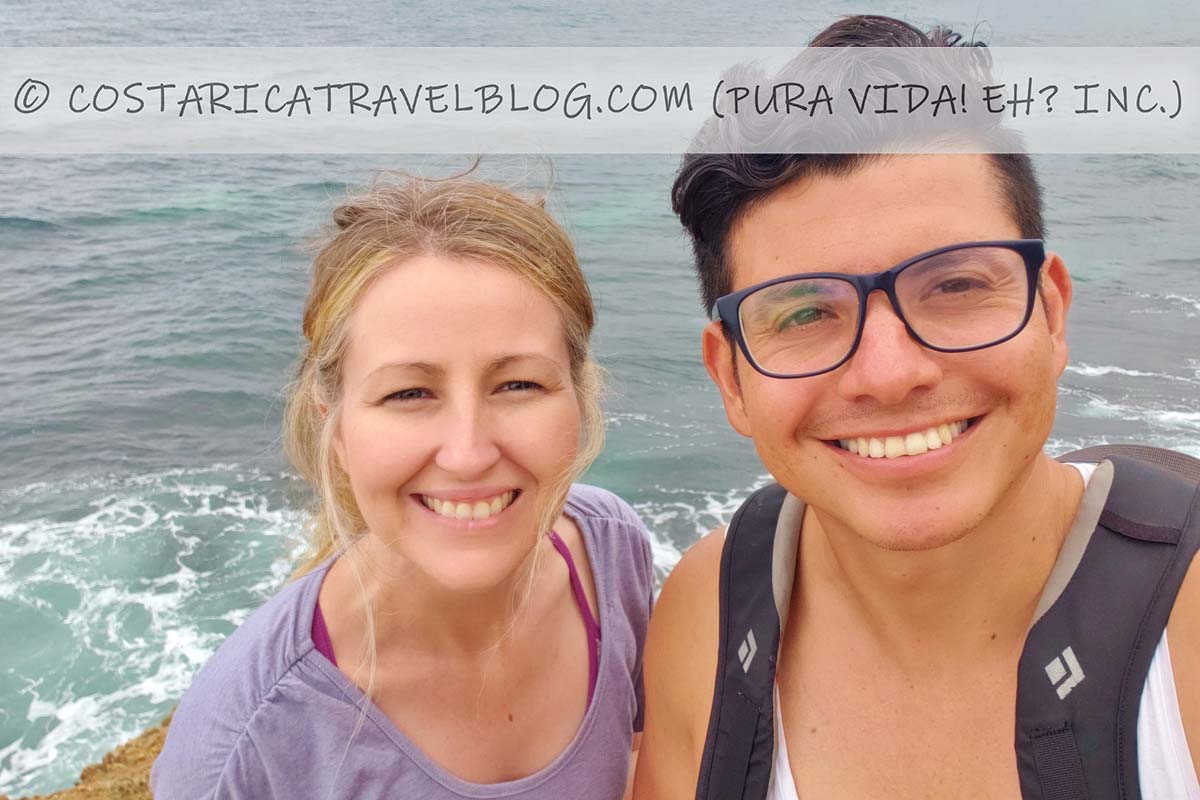

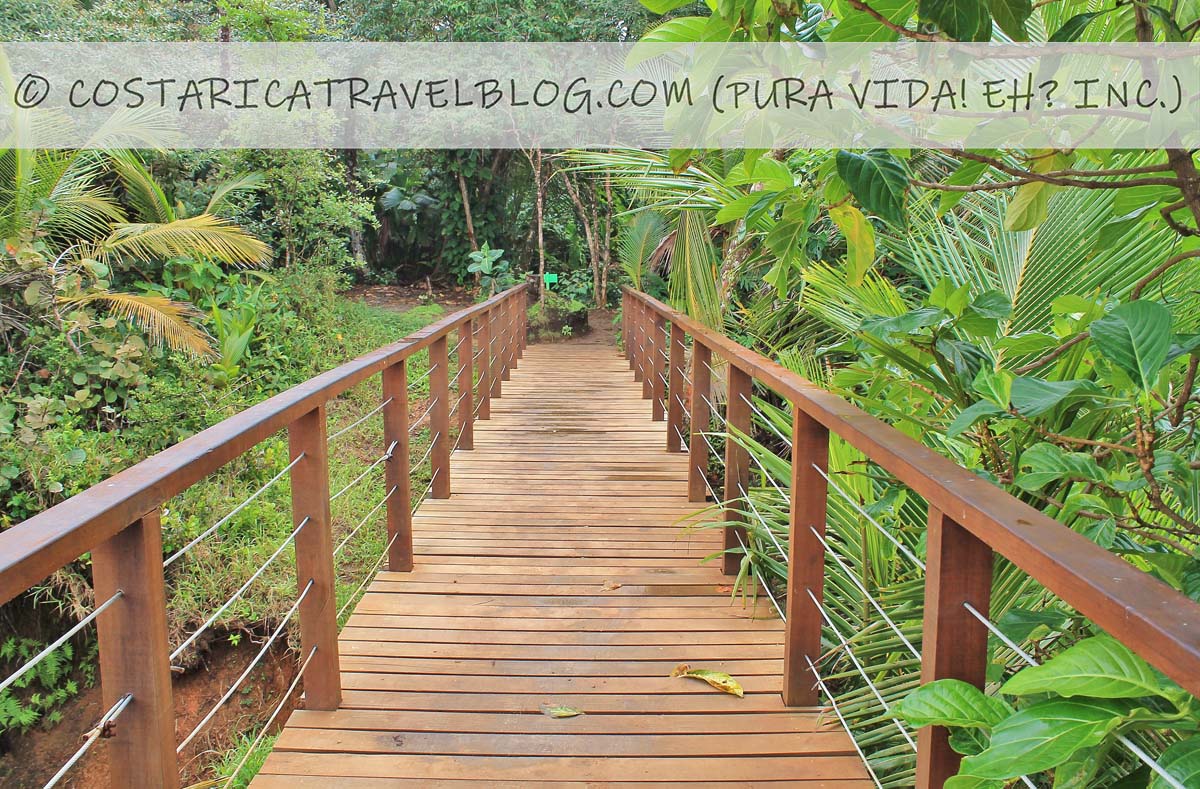
Top reasons to travel to Costa Rica’s southern Caribbean coast include wanting to experience the region’s laid-back vibe, Jamaican-inspired music and food, and beautiful beaches. Though you could spend your entire vacation in the Caribbean doing just that, if you want to be more active, there’s no shortage of opportunities to do and see more. Most of the tours and activities you’ll find along the southern Caribbean coast encourage gentle exploration.
Here’s a list of tours and activities you can experience while in Puerto Viejo Costa Rica:
- Bird-watching
- Boat Tours
- Canopy Tour (zip-lining)
- Cooking Classes
- Food tours (i.e., chocolate tours)
- Hiking Tours
- Indigenous Community Tours
- Kayaking Tours
- National Park Tours
- Night Tours
- Rafting Tours
- Scuba Diving Tours
- Snorkeling Tours
- Wildlife Center Visits
Popular parks, reserves, and hiking spots in the area include:
- Cahuita National Park: a two-sector, government-protected national park that’s open to the public for guided and self-guided hiking, as well as guided snorkeling around the park’s coral reef
- Gandoca-Manzanillo National Wildlife Refuge: a two-sector, government-protected national refuge that’s open to the public for guided and self-guided hiking and/or bird-watching
Want to save money on Puerto Viejo excursions?
Don’t miss the free discounts we offer for Puerto Viejo tours and activities in our discount database:
Here’s a sample of the Puerto Viejo tour discounts you’ll find in the database:
Southern Caribbean beaches
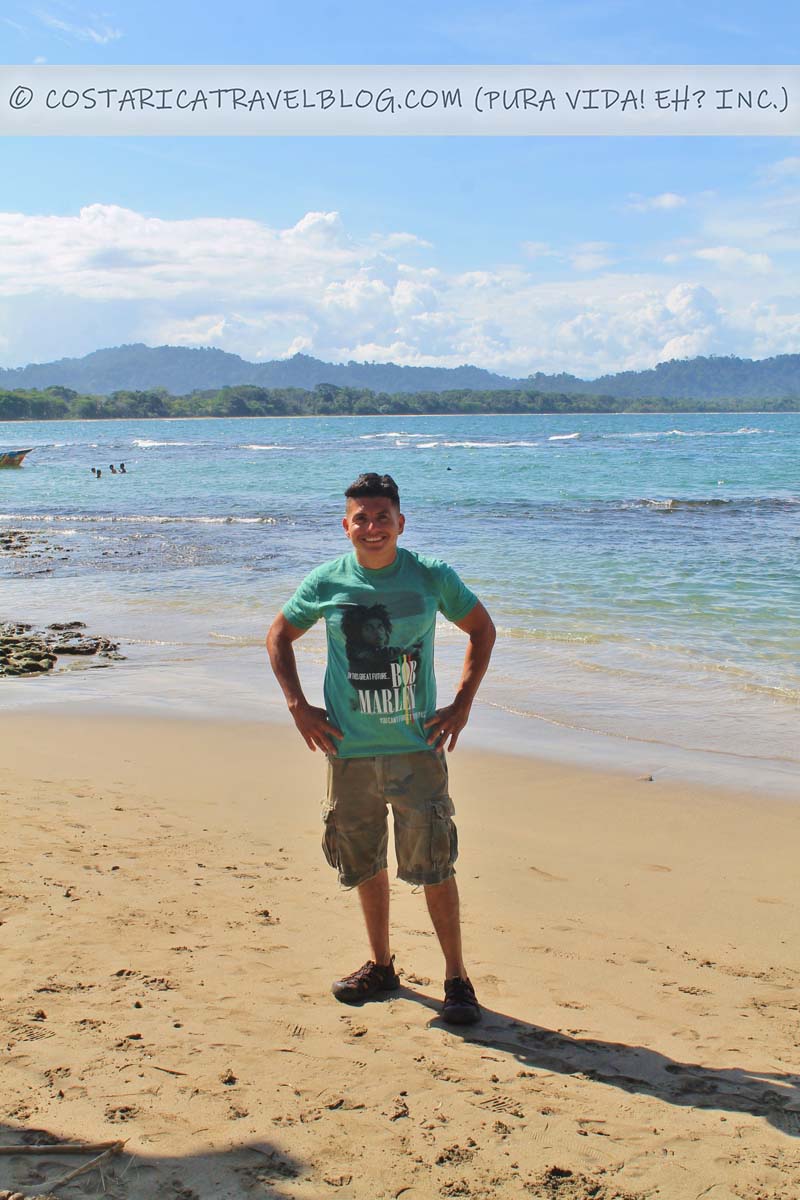
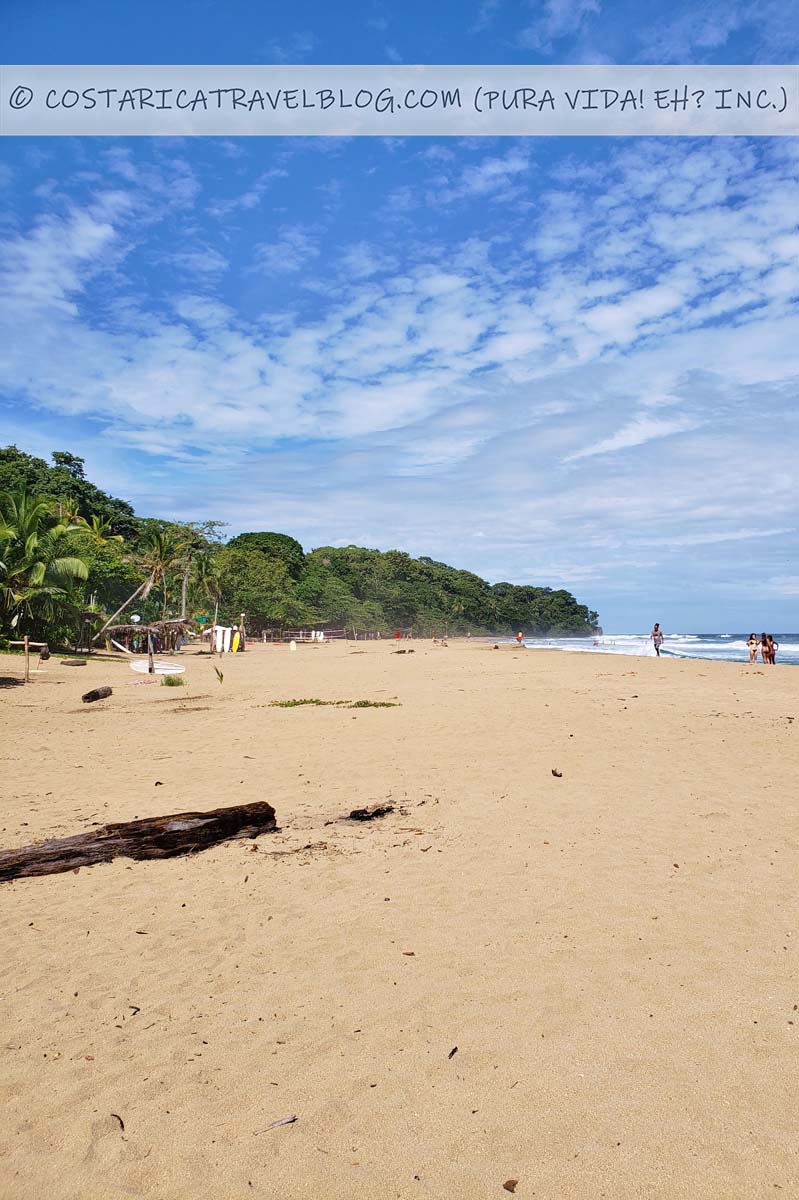

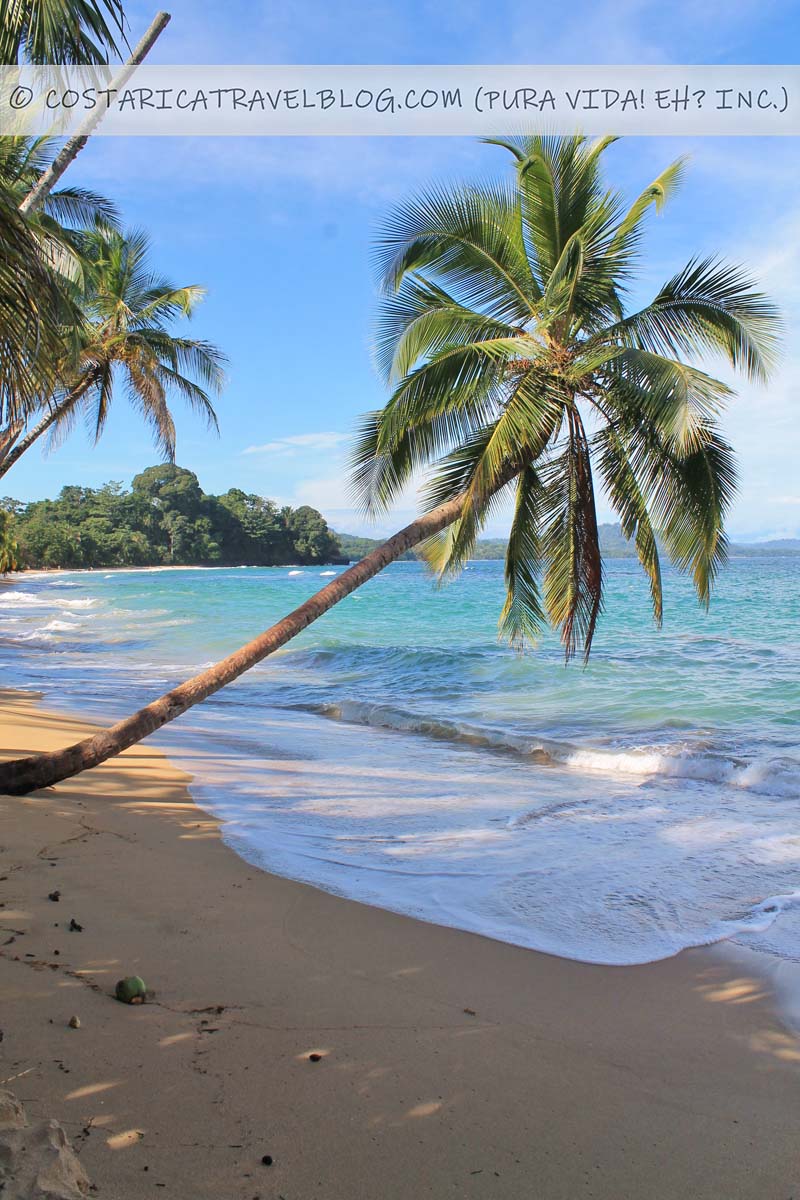


The southern Caribbean coast is home to many of Costa Rica’s most beautiful beaches. Most worth a visit are Playa Cocles, Playa Chiquita, Playa Punta Uva, and Playa Arrecife. Fronting the village of Manzanillo is Playa Grande, nicknamed Playa Manzanillo. In Puerto Viejo center, Playa Puerto Viejo is the town’s main beach. See our related blog post 80+ Costa Rica Beaches (In Photos) And Where To Find Them for additional beach details and photos.
Accommodations
A sample of our personal photos from some of the Puerto Viejo hotels we’ve stayed at:
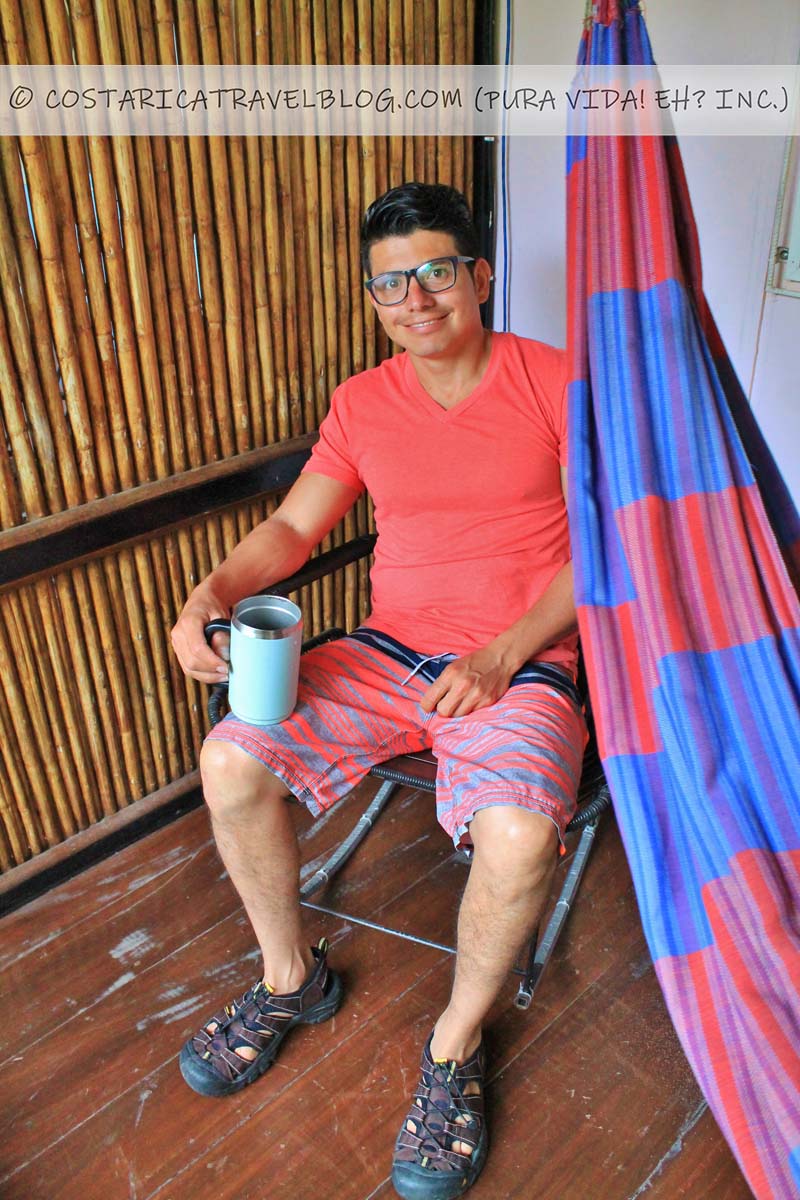
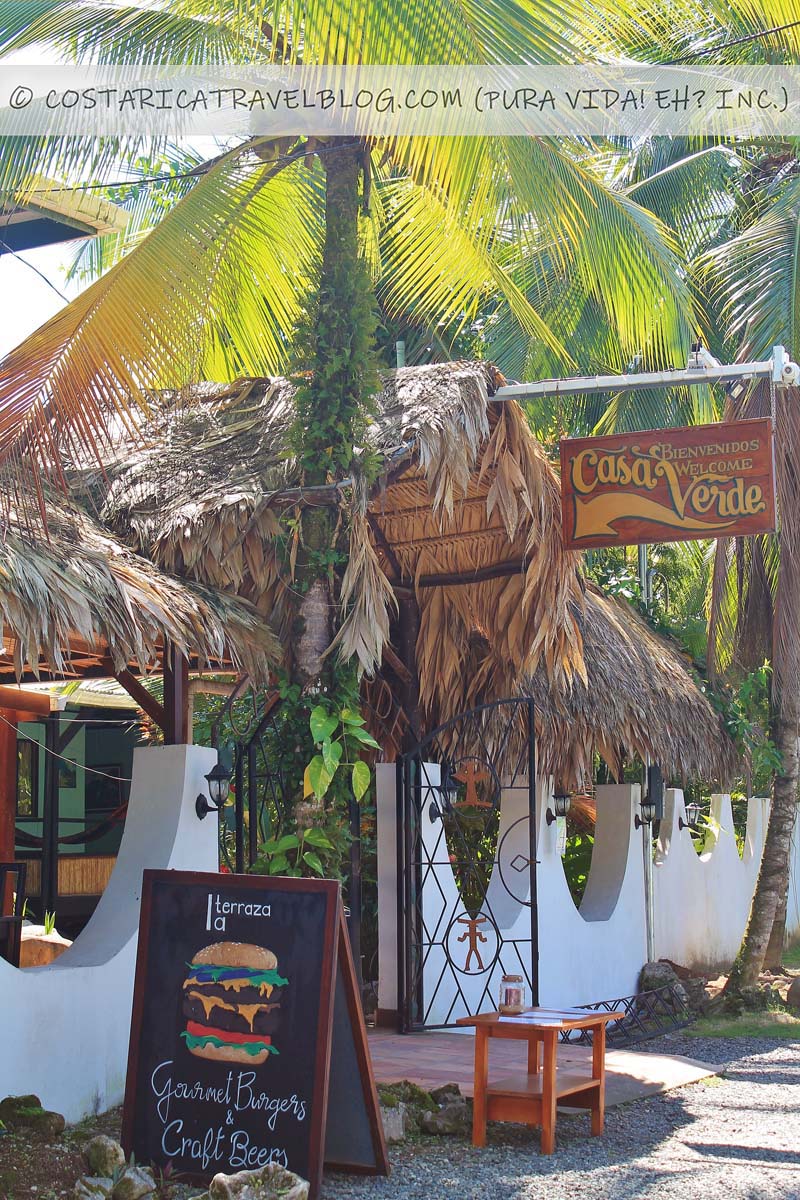
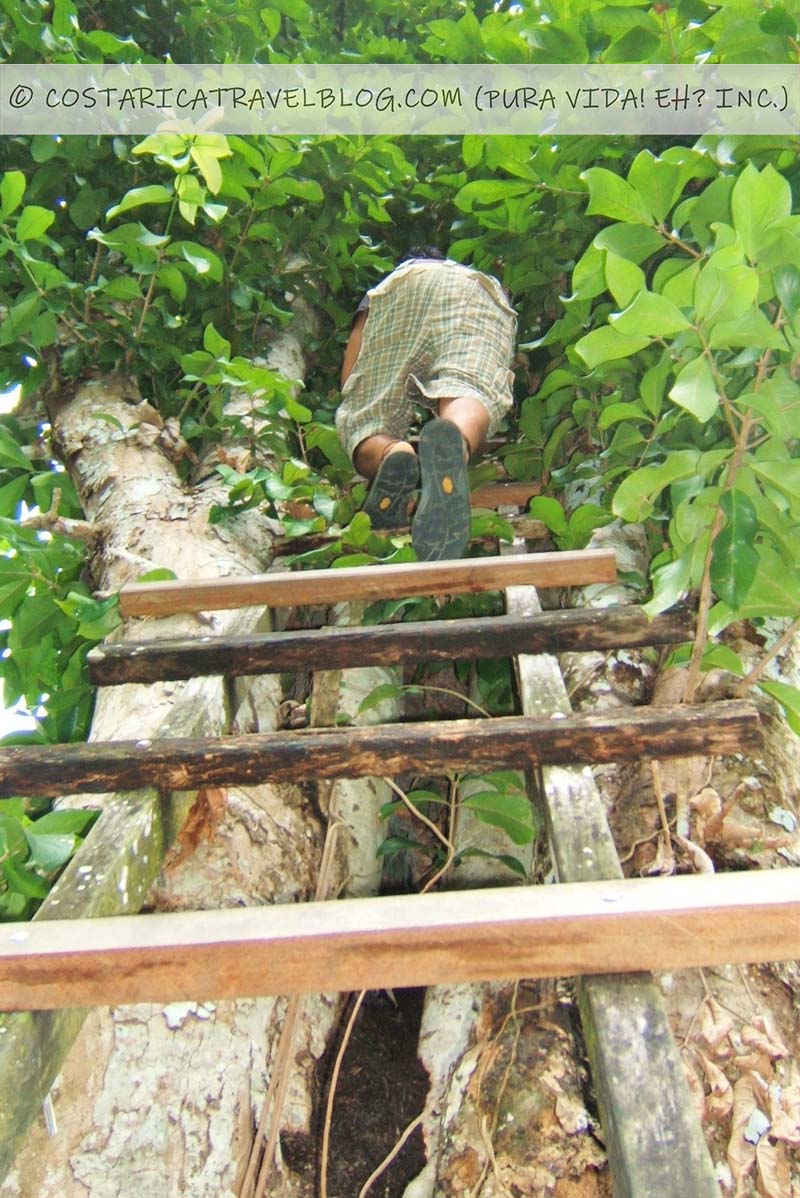


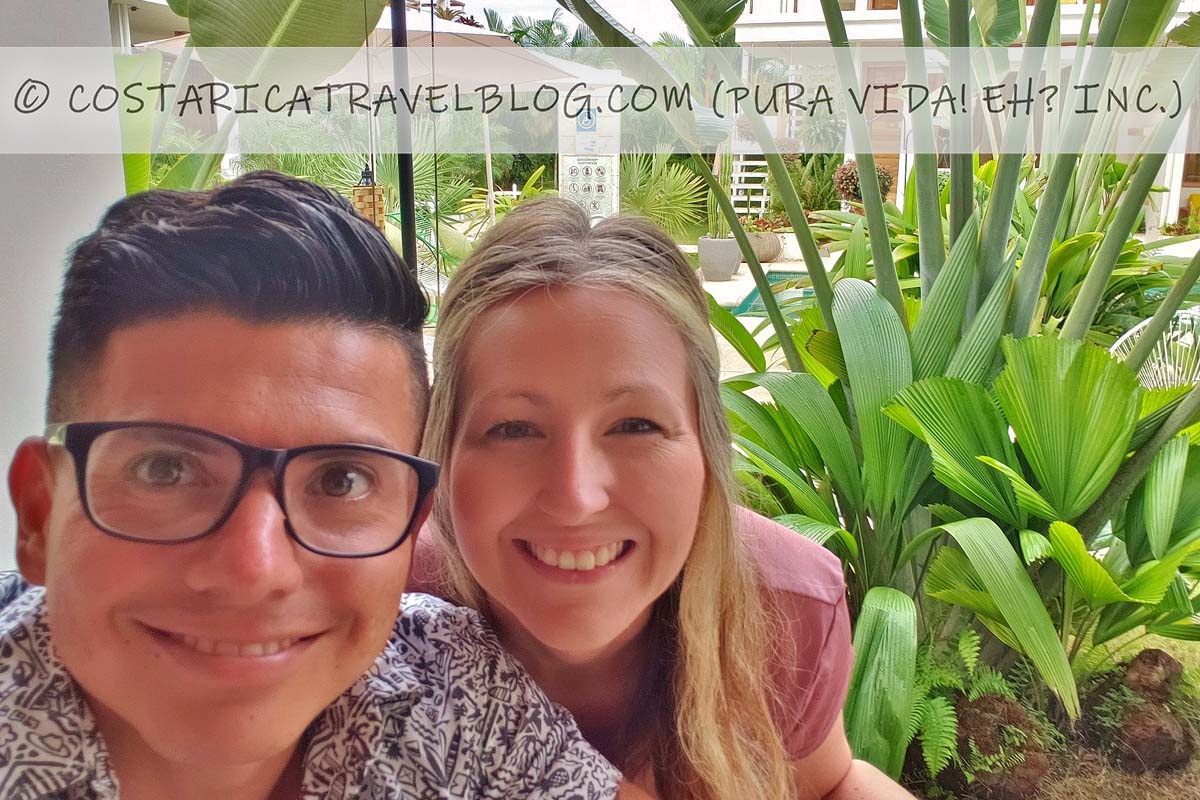
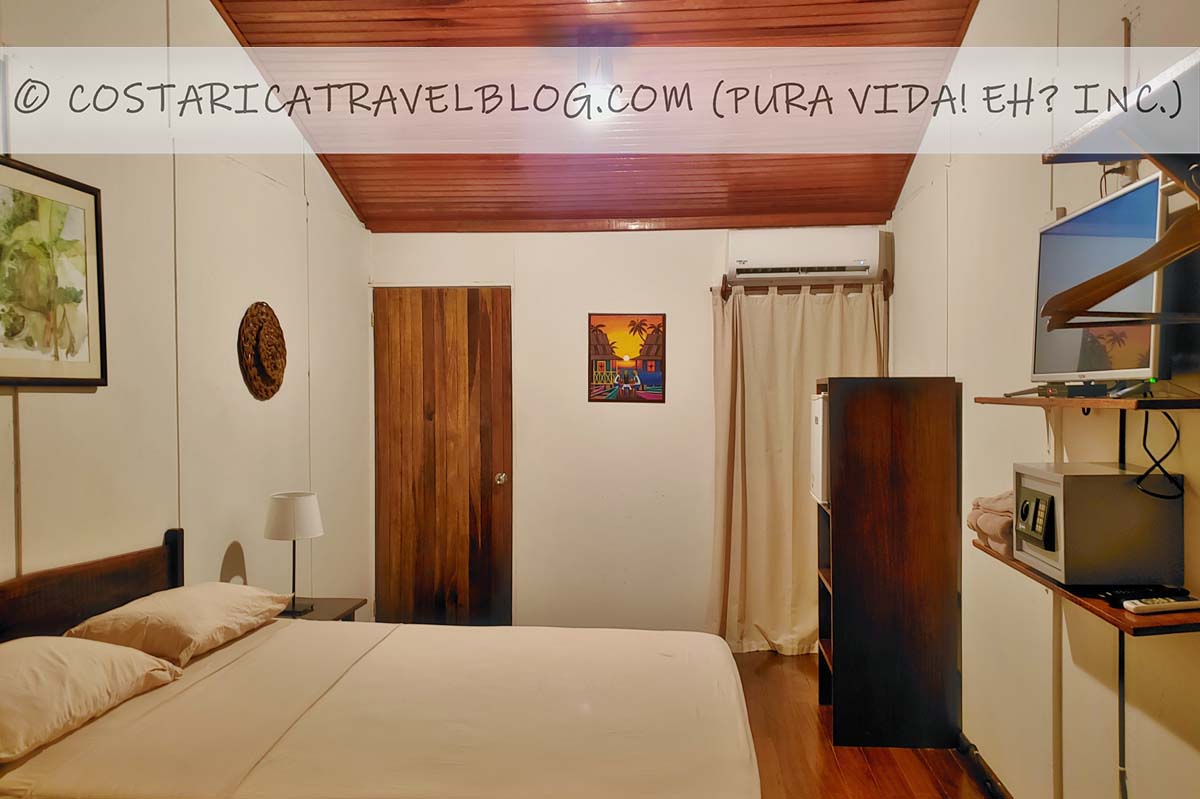
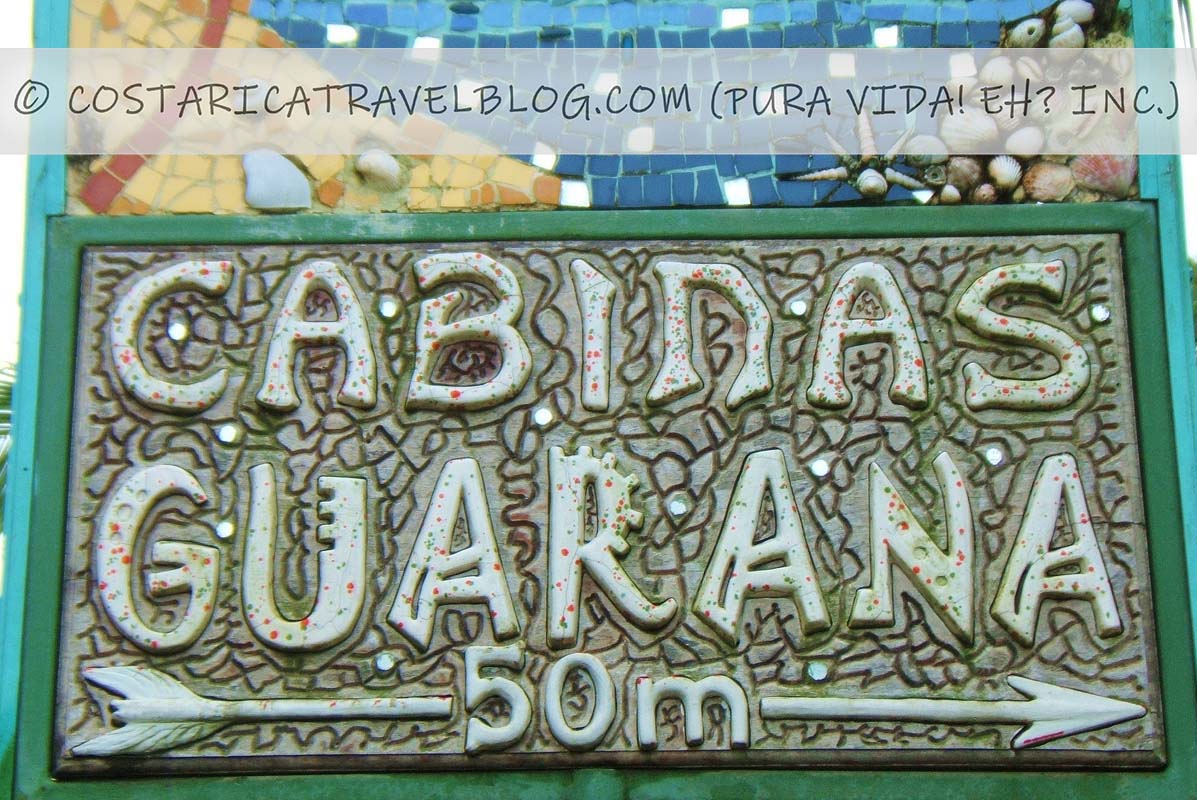
“Standard quality” is the best phrase to describe the majority of accommodations in Puerto Viejo. Though accommodation options vary across type (e.g., hostels, hotels, lodges, and airbnbs/vacation home rentals) and structure (e.g., low-rise buildings and individual bungalows), most display a similar Caribbean-inspired, tropical style and offer simple rooms outfitted with a fan. Expect to pay more for an accommodation that provides air conditioning and don’t doubt this choice. Along the hot and humid Caribbean coast, air conditioning is a frill you’ll want to have.
Several hotels in Puerto Viejo recognize Costa Rica’s high and low seasons and change their prices accordingly. Click here for more information about Costa Rica’s high and low seasons, including when is the least expensive time to visit (trips to Puerto Viejo included). Depending on when you plan to visit, a private room at a hotel in Puerto Viejo should run you less than $100 USD per night. Breakfast usually costs extra. Thanks to a plethora of great breakfast joints around town, you’re not required to eat at your hotel, though you certainly can if you wish.
Puerto Viejo accommodations also differ by location. The highest concentration of hotels in Puerto Viejo cluster around the downtown, most notably in the blocks that lie southeast of Road 256. Other accommodations sit along Road 256 as the road departs Puerto Viejo to the east and travels to Manzanillo. Because these accommodations sit anywhere from a 2-minute drive to a 20-minute drive outside of downtown Puerto Viejo, some tour operators that automatically include complimentary transportation to/from Puerto Viejo hotels with their tours charge pick-up and drop-off fees to service these hotels. For more information about this topic, please see our related blog post Costa Rica Tour Transportation: Hotel Pick-Ups And Drop-Offs.
Getting to and from Puerto Viejo Costa Rica
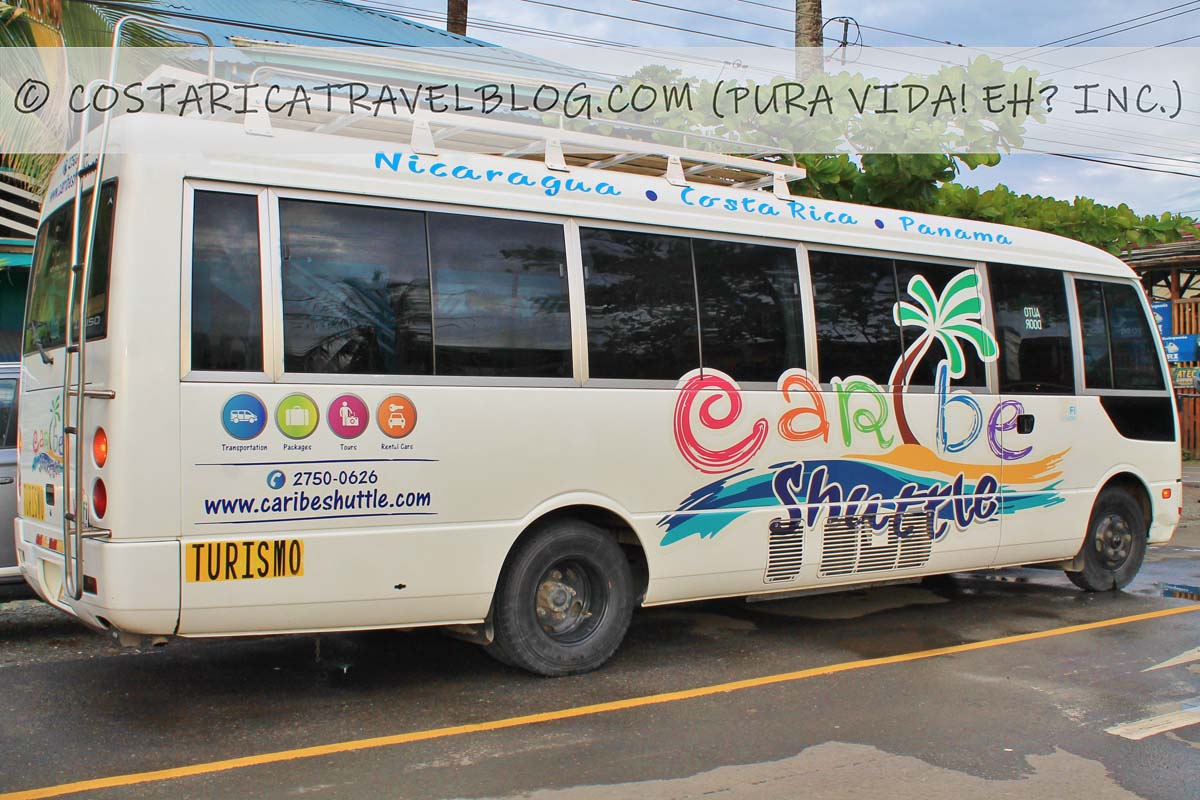
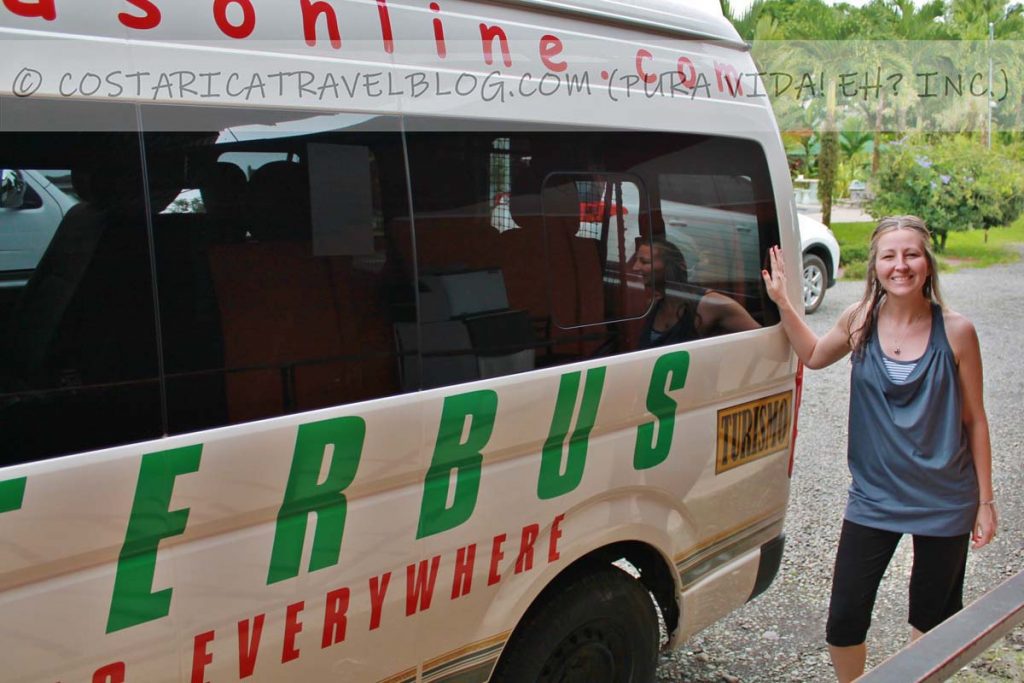
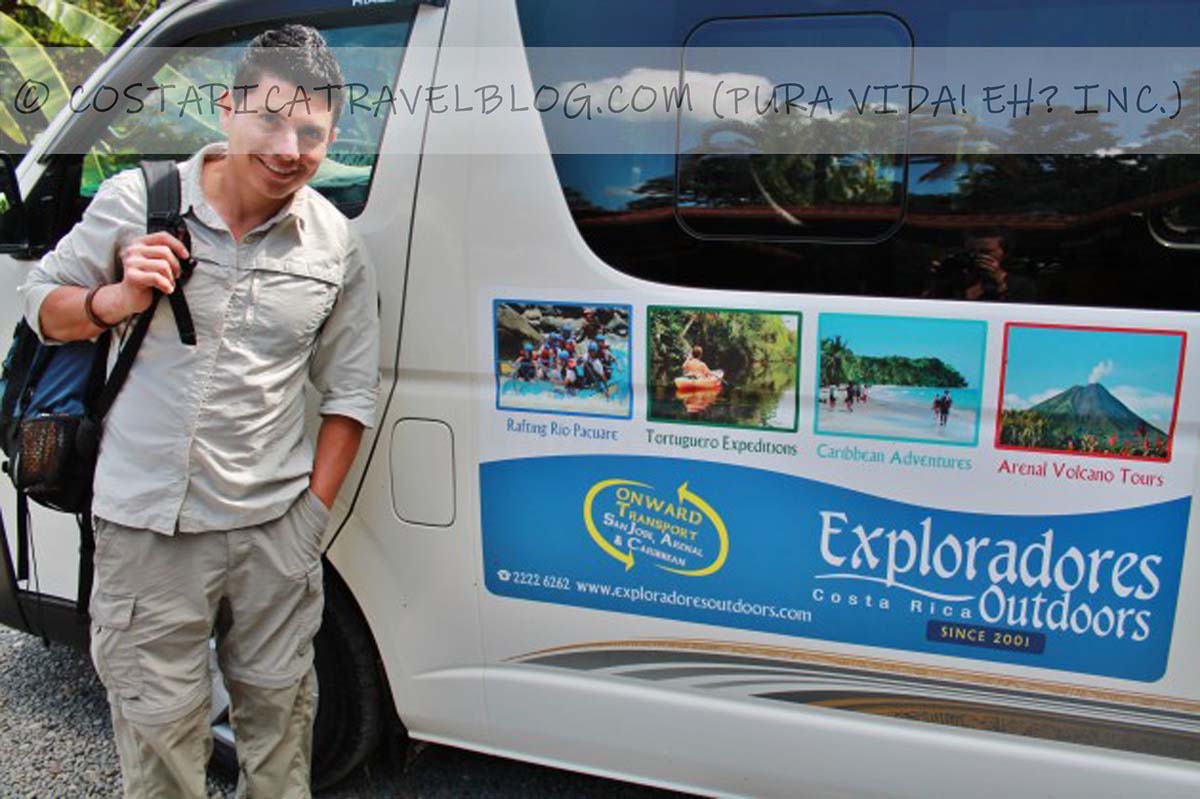
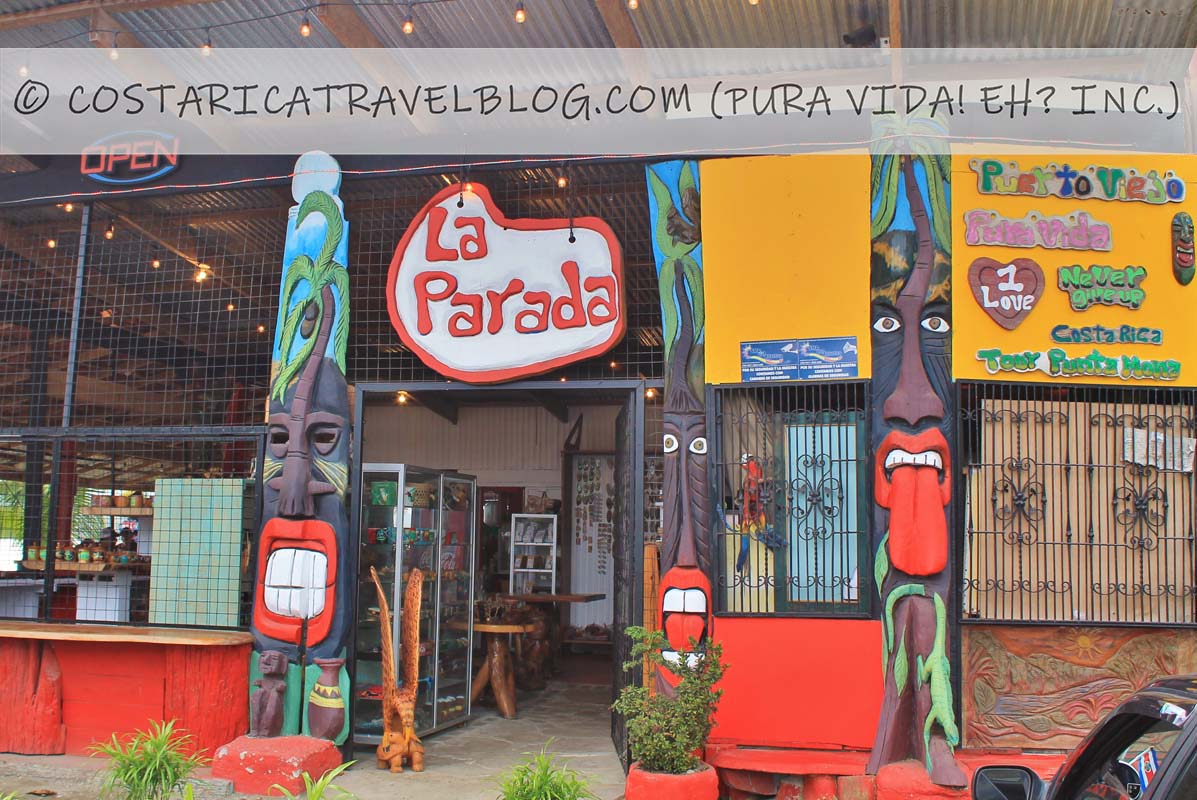
Transportation options
Puerto Viejo de Talamanca sits an approximate 4.5-hour drive from Costa Rica’s SJO Airport (near San Jose). Transportation options between Puerto Viejo de Talamanca and the SJO Airport include:
- Ground transfers via shared shuttle services
- Ground transfers via private transfer services
- Ground transfers via city-to-city transportation-inclusive tours (sometimes called “Adventure Connections” and more generally referred to as “tour transportation”)
- Ground transfers via taxi services
- Ground transfers via public transit (i.e., public buses)
- Ground transfers via a personal car rental (or van rental)
Puerto Viejo de Talamanca sits an approximate 7.5-hour drive from Costa Rica’s LIR Airport (near Liberia). Transportation options between Puerto Viejo de Talamanca and the LIR Airport include:
- Ground transfers via shared shuttle services
- Ground transfers via private transfer services
- Ground transfers via taxi services
- Ground transfers via public transit (i.e., public buses)
- Ground transfers via a personal car rental (or van rental)
Since Puerto Viejo de Talamanca does not have a domestic airport, unfortunately air travel to and from the destination is not an option.
Map of Puerto Viejo Costa Rica
Road conditions

The main roads that lead to downtown Puerto Viejo are paved. These include:
- Highway 36: This road runs north-south along the southern Caribbean coast, connecting the city of Limon (the gateway to the Caribbean) in the north to the community of Hone Creek in the south. Hone Creek marks the intersection of Highway 36 and Road 256.
- Road 256: Downtown Puerto Viejo’s main drag. Road 256 begins at Hone Creek, a small community that sits approximately 5 kilometers west of downtown Puerto Viejo. The road runs east-west through Puerto Viejo, then continues east out of Puerto Viejo and parallels the Caribbean Sea until it ends at the village of Manzanillo (approximately a 20-minute drive east of Puerto Viejo). It passes by the beaches of Playa Cocles, Playa Chiquita, Playa Punta Uva, and Playa Arrecife along the way.
Buses
Puerto Viejo’s vibrant and bustling beachfront bus station is located on the northwest side of town, one block northwest of the intersection of Road 256 and Calle 213 (marked by the tour office for Terraventuras). Buses arrive into and depart from the station to/from several destinations in Costa Rica, most notably San Jose, Limon, Manzanillo, and Cahuita.
Getting around Puerto Viejo

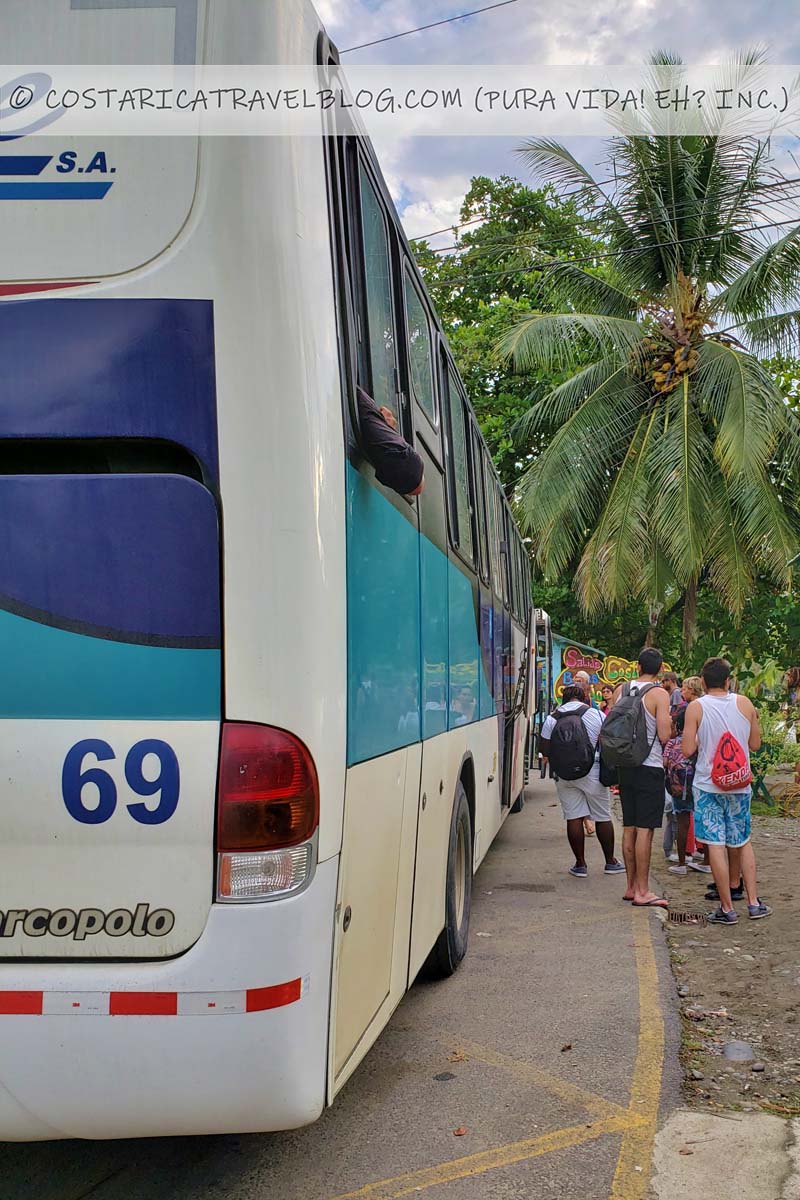
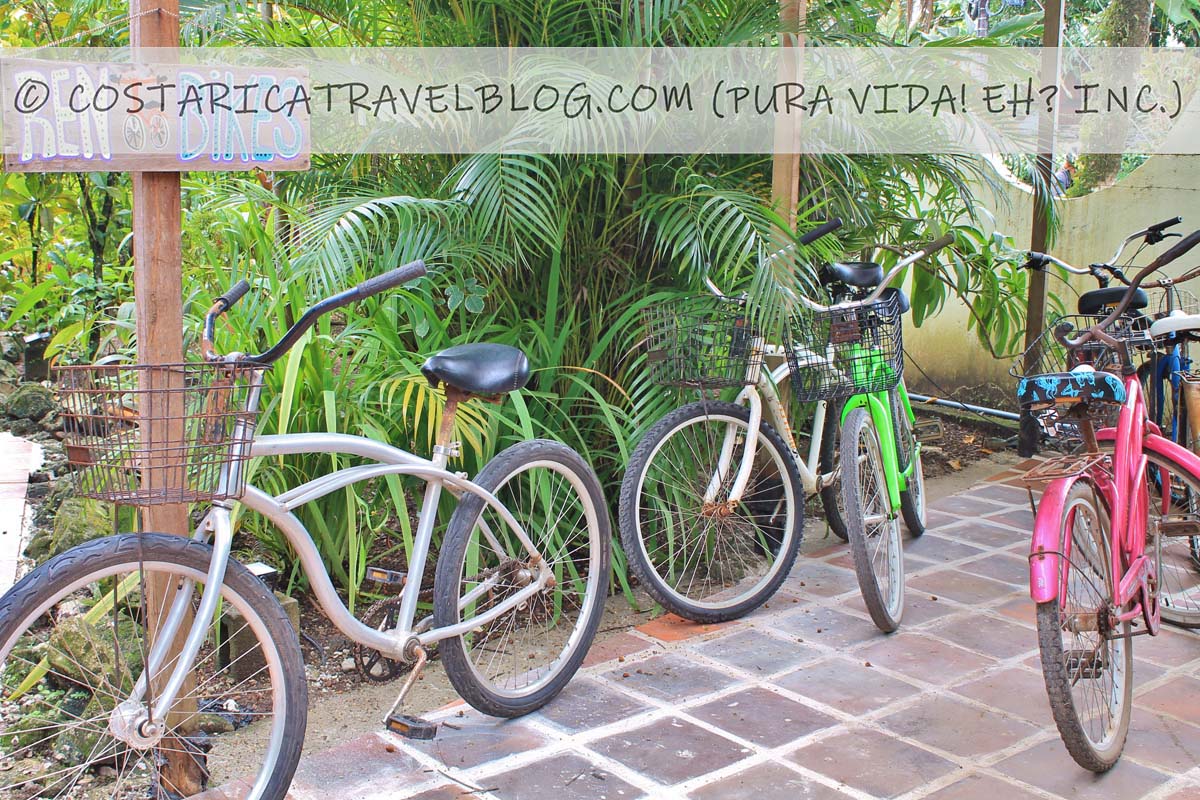
Town setup
Puerto Viejo provides a flat, walkable downtown core that spans an area roughly 6 blocks (northeast to southwest) by 3 blocks (northwest to southeast). Most streets are paved. Though exact travel times depend on how fast or slow you walk, on average, you can explore most of the town center on foot in about 1-1.5 hours.
Parking
Puerto Viejo doesn’t have public parking lots so parking opportunities are sometimes scarce. Most locals park along roadsides though official, marked parking spaces aren’t provided. If your accommodation provides secure parking, it’s best to leave your vehicle there for the day and explore the town center on foot or by bike.
Taxis and tuk-tuks
Official red taxis can be hailed around downtown Puerto Viejo if not hired from where they park around the bus station (see the “Buses” section above for the bus station’s location). Alternatively, local establishments like hotels and restaurants can call a cab to pick you up.
Puerto Viejo is one of few towns in Costa Rica that has tuk-tuks. These red, three-wheeled, auto rickshaws can be hired like taxis to take you wherever you need to go around the Puerto Viejo area. You’ll see them buzzing around the town’s downtown core.
Bikes
The least expensive way you can travel around Puerto Viejo is on a bike. Several hotels and souvenir stores have bikes for rent; look for them lined up by storefronts. $10 USD will get you one for an entire day.
Itinerary planning
One of the most common questions we’re asked about Costa Rica itinerary planning is: “How many days should I spend in Puerto Viejo?” While we’d love to be able to deliver a quick and easy response (most resources suggest 2-3 days), the truth is, the most accurate answer depends largely on how much time you wish to lounge by a beach and whether you wish to be active during your time in the southern Caribbean.
To answer these questions for yourself and to formulate your own ideal Puerto Viejo itinerary, follow these 5 steps:
- Determine which things you want to do and see in Costa Rica (i.e., create your Costa Rica bucket list) and how much time you wish to relax at one or more of the country’s beaches.
- Determine how many of those things (and beaches) you can experience in Puerto Viejo.
- Of the things you can experience in Puerto Viejo, find out how much time you’ll need for each (i.e., determine the duration of each guided or unguided activity you want to participate in).
- Of the things you can experience in Puerto Viejo, find out the daily schedule for each (i.e., determine whether they’re available once daily at a set time, whether they’re available several times daily at set times, or whether they allow you to select your own preferred times).
- Lastly, as if you’re doing a puzzle and each thing you want to experience in Puerto Viejo is its own piece, fill your travel days one by one according to the duration and schedule of each tour or activity. To this number of travel days, add the number of days you want to spend at a beach, either relaxing, swimming, or sunbathing. The total number of travel days you fill is how many days you should spend in Puerto Viejo.

Other things worth knowing about Puerto Viejo Costa Rica
Puerto Viejo terminology
Use of the phrase “Puerto Viejo” in Costa Rica most often refers to the southern Caribbean town of Puerto Viejo de Talamanca, the “Talamanca” stemming from the region’s proximity to the Talamanca Mountain Range. It’s important not to confuse the town of Puerto Viejo de Talamanca with the town of Puerto Viejo de Sarapiqui, an inland Caribbean destination that sits on the brink of Costa Rica’s Northern inland region, especially when making transportation arrangements (i.e., when boarding public buses or booking shared shuttle services). Puerto Viejo de Talamanca is also sometimes referred to as “Puerto Viejo del Caribe” or “Puerto Viejo de Limon“.
Elevation
Puerto Viejo is a coastal destination that sits just above sea level. Some areas and roads in the region experience flooding during the rain season.
Ecosystems
The primary ecosystem you’ll encounter around Puerto Viejo is rainforest. Though downtown Puerto Viejo is a flat, open, deforested space, forest surrounds the environs, including the region east of Puerto Viejo (Cocles to Manzanillo), which is largely part of the Gandoca-Manzanillo National Wildlife Refuge, and the region south of Puerto Viejo, which creeps up the slopes of the Talamanca Mountain Range toward the distant La Amistad International Park.
Wildlife

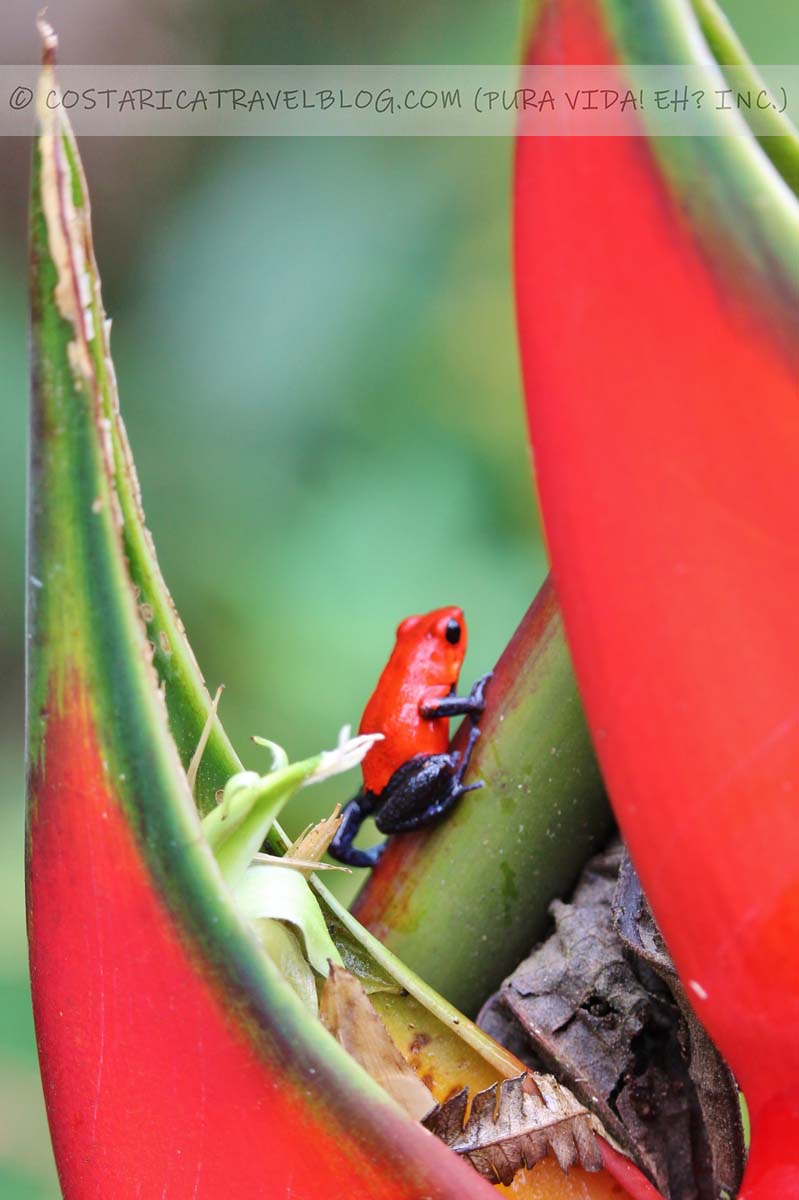
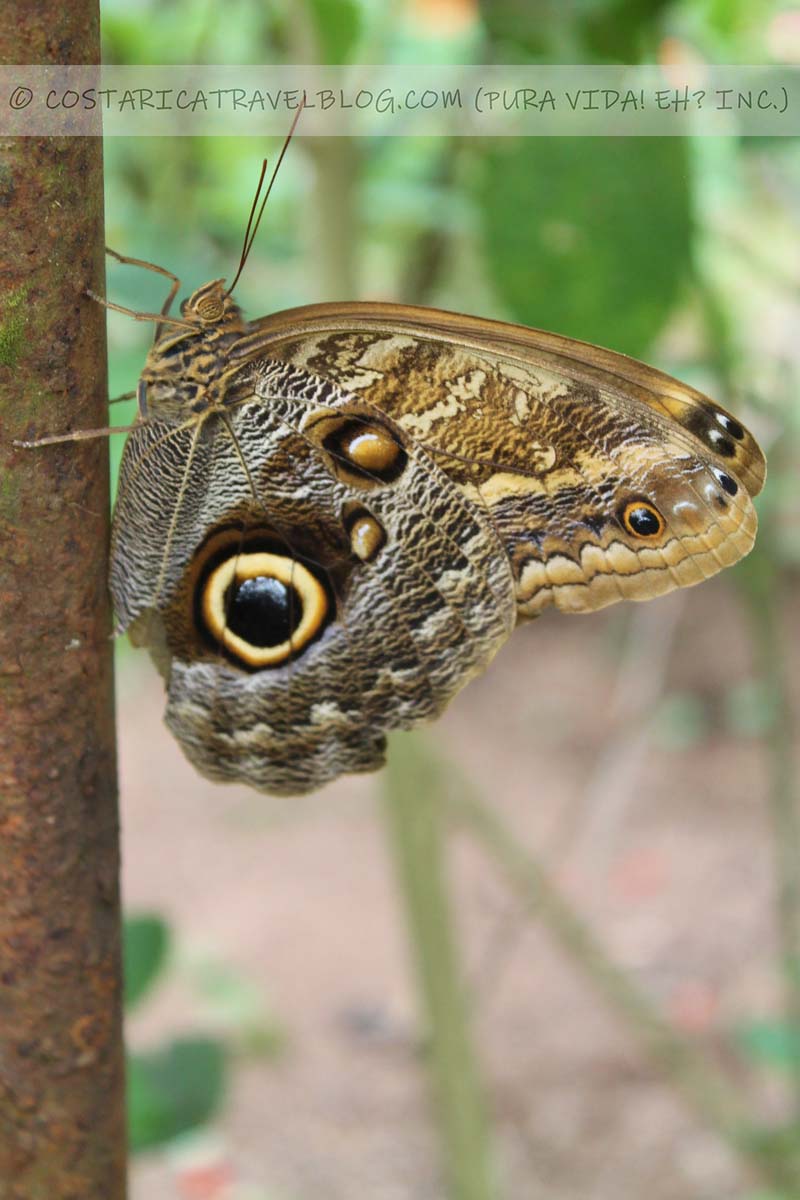
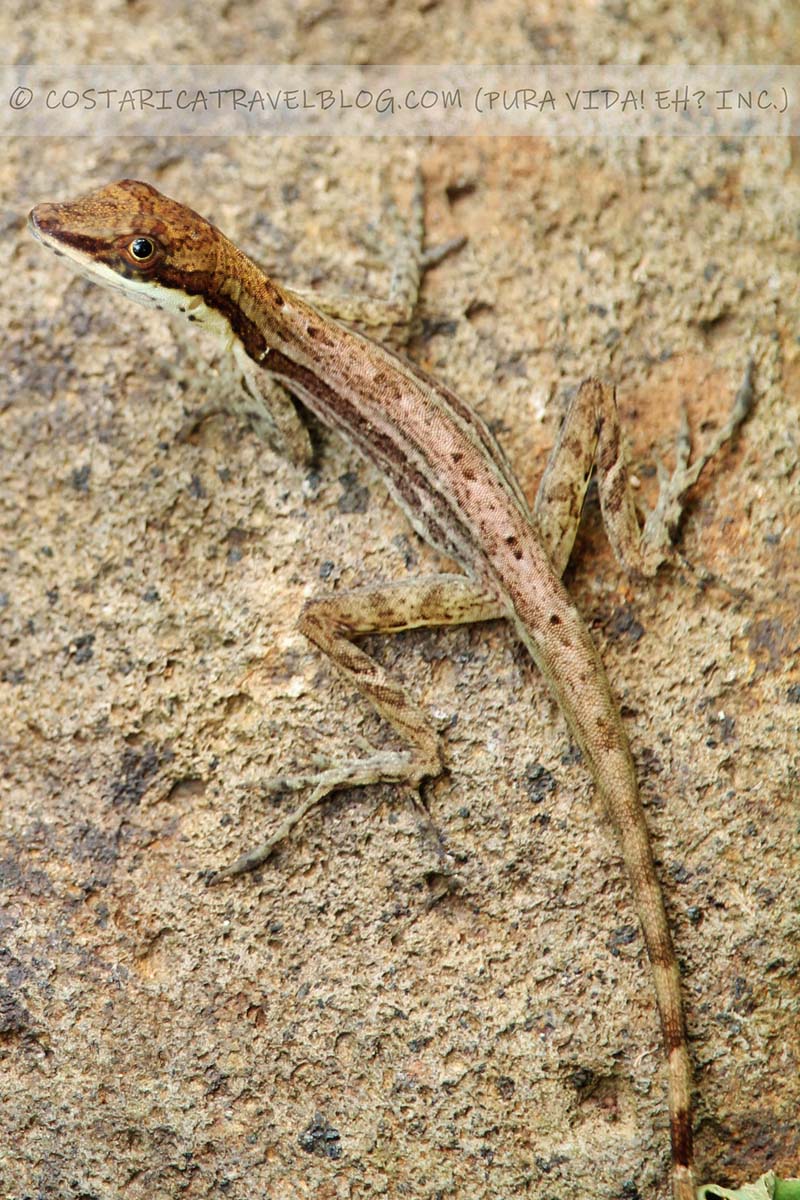
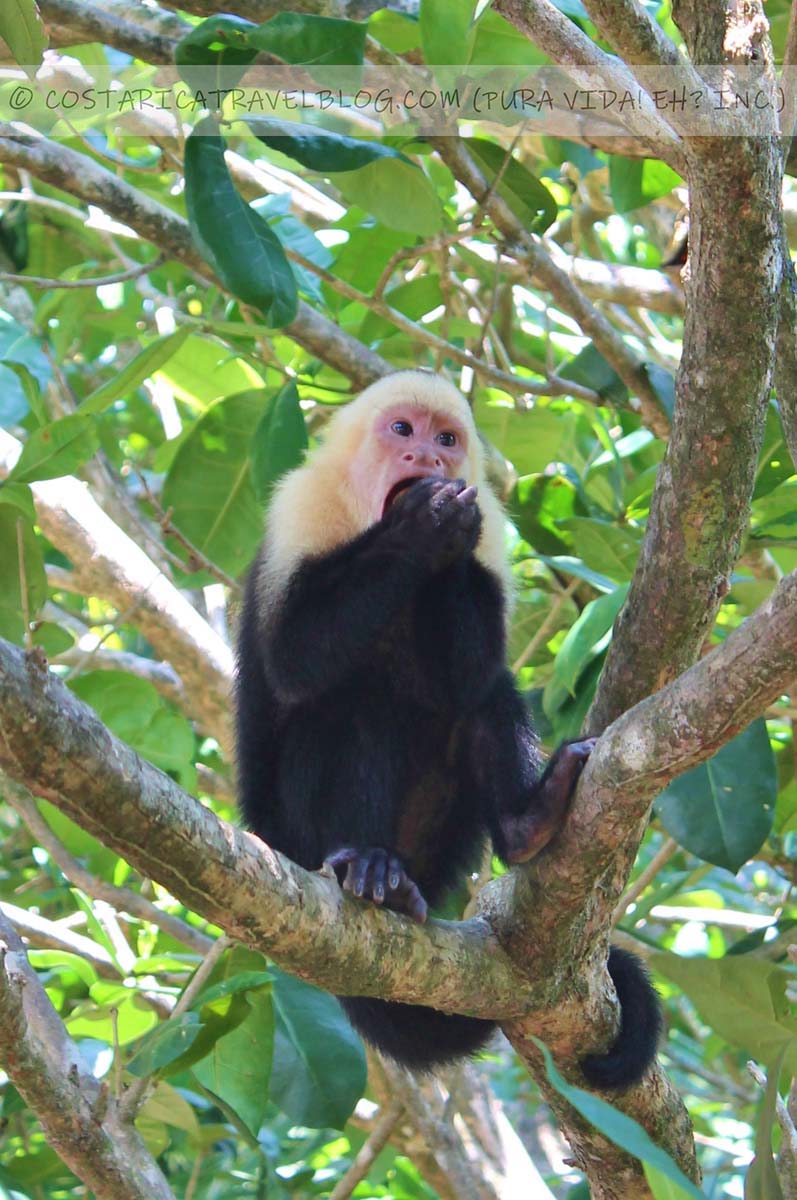
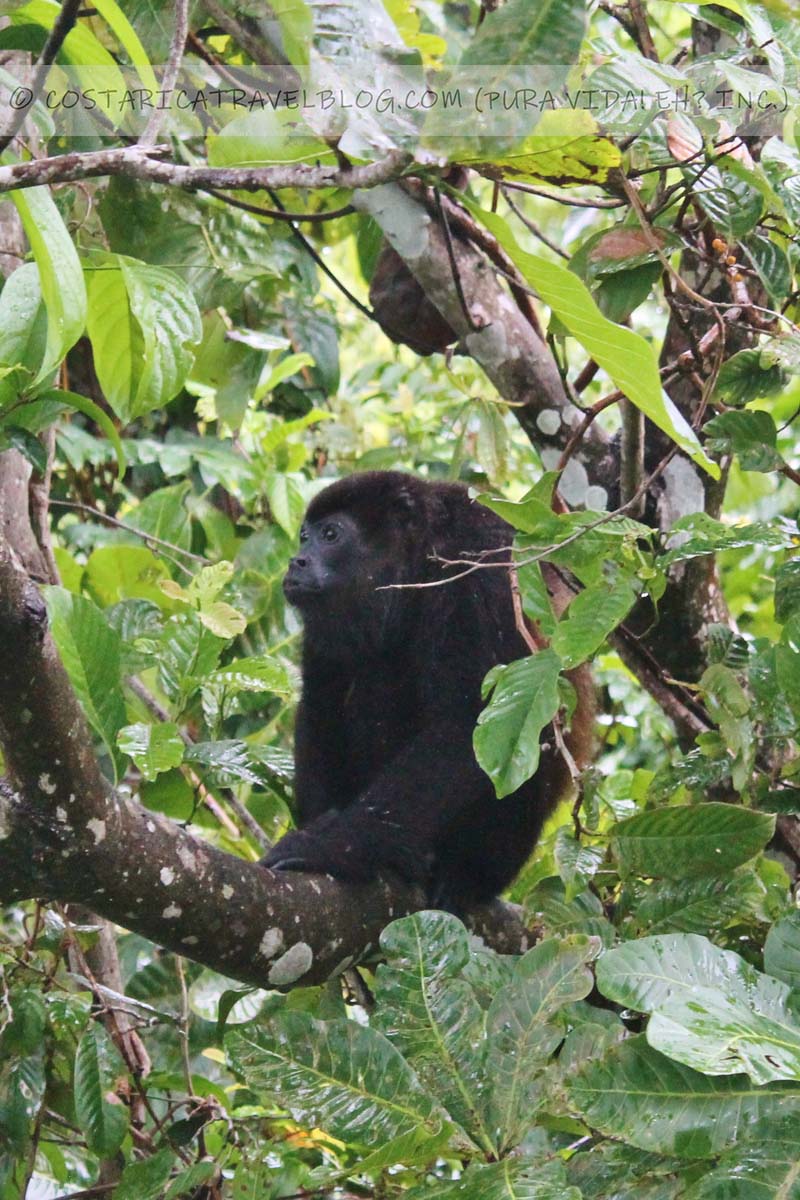
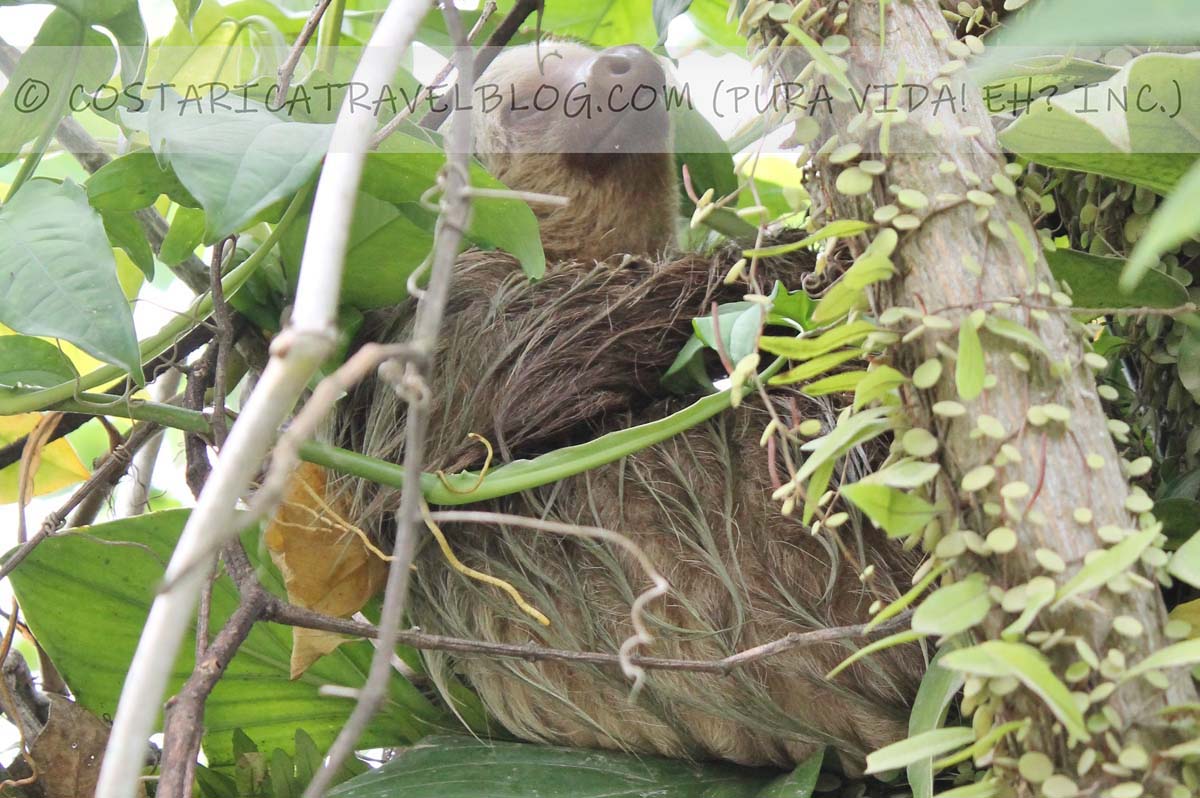
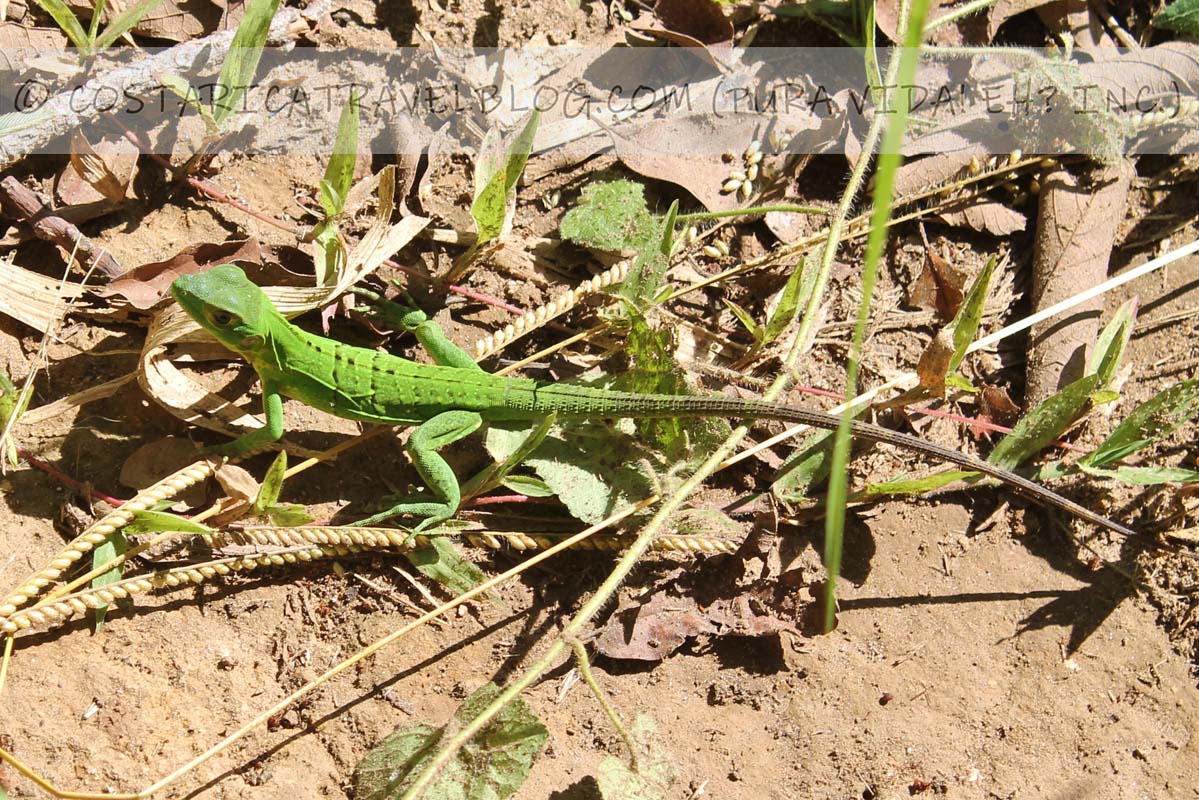
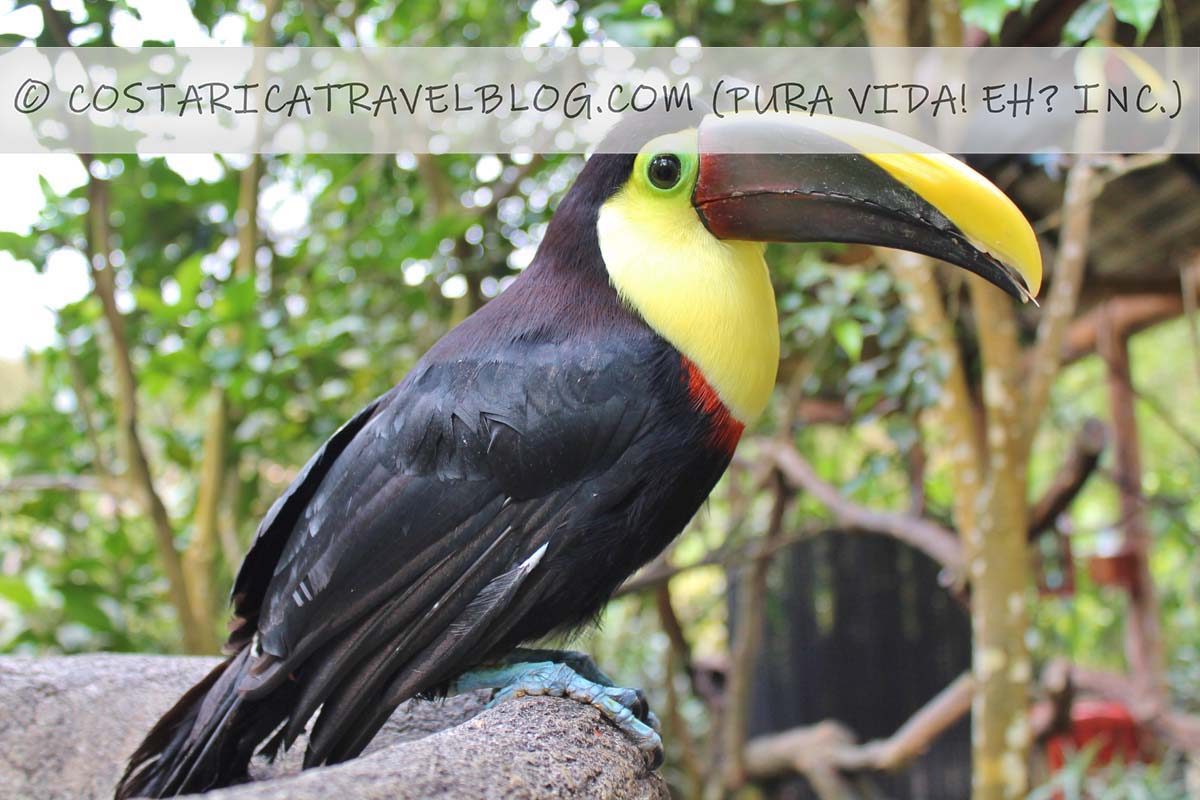
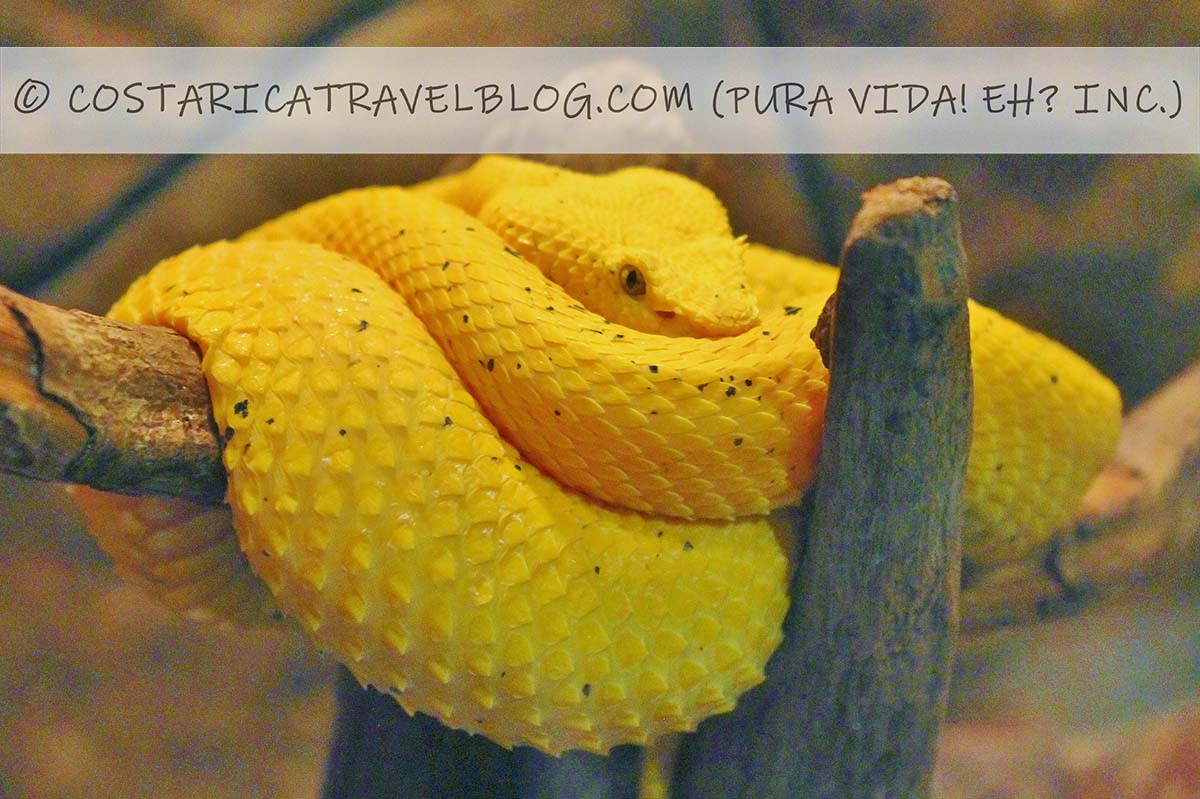
Though the southern Caribbean coast isn’t known for its wildlife, it has plenty of it. Most wildlife resides in and around the region’s two popular protected land areas–the Cahuita National Park and the Gandoca-Manzanillo National Wildlife Refuge. We’ve been fortunate enough to see countless species of resident and migratory birds (including toucans), butterflies (including blue morphos), sloths (of two-toed and three-toed varieties), monkeys (capuchin white-faced monkeys and howler monkeys), frogs, iguanas, snakes, spiders, and ants around Puerto Viejo. Rescued wildlife of several other types, including sloths, snakes, birds, and crocodiles, can be seen at rescue and rehabilitation centers around Puerto Viejo, including those at the Jaguar Rescue Center.
Weather
Unlike most other regions of Costa Rica, which receive the highest amounts of rainfall during the late rain season (September through to November), the southern Caribbean coast receives some of its best weather during this time. September and October typically provide favorable, warm, dry, and sunny weather in the Caribbean, which makes it the place to be during these months of the year. Throughout the rest of the year, the Caribbean follows Costa Rica’s typical weather seasons, which means you’re most likely to encounter dry, sunny periods around February and March. Area temperatures average around 25 degrees Celsius.
Additional resources
If you’re planning a trip to Puerto Viejo Costa Rica, don’t miss these helpful resources:
- When To Go To Costa Rica According To Cost, Weather, Wildlife, And More!
- The Pacuare River Rafting Tour
- A List Of 50+ Costa Rica Entrance Fees: How Much It Costs To Enter National Parks, Reserves, and Refuges
- The Operating Hours For 20+ Costa Rica National Parks, Reserves, And Refuges
- Photos Of Costa Rica Trail Maps
QUESTION TO COMMENT ON: Have you been to Puerto Viejo de Talamanca? What did you choose to do in or around town?
Pura vida!

Hey, Costa Rica Travel Blog reader, thank you for visiting and reading our blog! We're truly grateful for your time and preference.
Do you know that your spam-free reading experience is most important to us? Unlike some other Costa Rica blogs, we do not to sell your personal information, and we choose not to display ads, sponsored content, or affiliate marketing on our blog so we can keep your visit as distraction- and junk-free as possible. Because we prioritize your privacy, we don't earn money when you visit us, when you sign up for our e-course, or when you click on our links, which means the time and work we put into this blog—including its 300+ articles—is entirely voluntary! If you find our content valuable, and you'd like to thank us for making the trip-planning process easier and your Costa Rica vacation more enjoyable, please consider making a small donation ($1, $2, $3, or an amount of your choosing) to our blog. Doing so is a great way to pat us on the back if you feel we deserve it. 😊 Pura vida, amigos!
Click on the button above to donate through PayPal. (If you cannot see the PayPal button above, click here.) A PayPal account is not required to make a donation; credit and debit cards are also accepted. PayPal donations are confidential; we never see your payment details.
Love our blog? Check out our other Costa Rica-related projects, too:

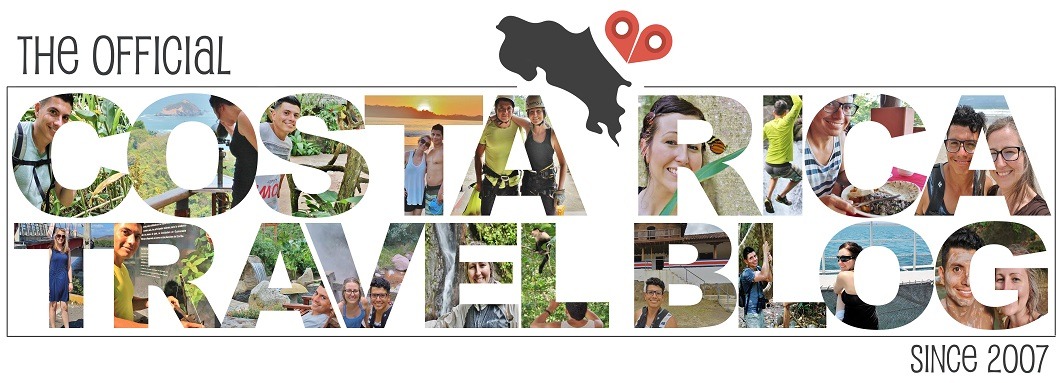

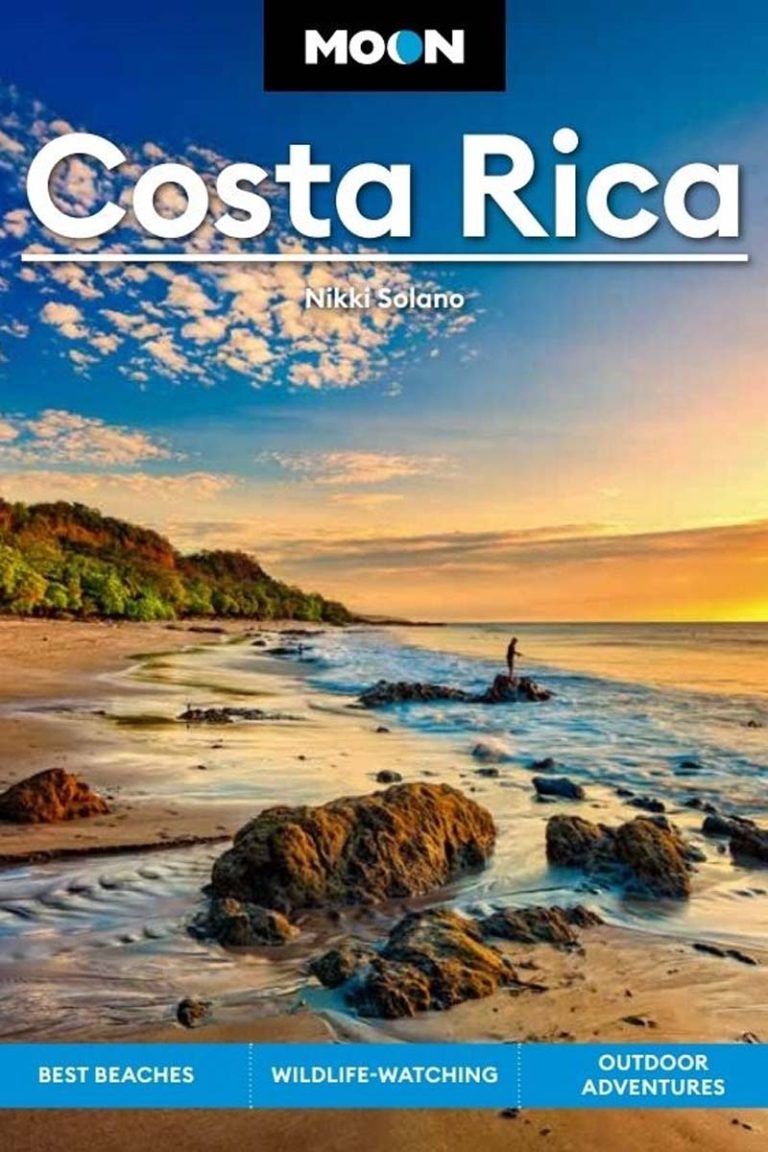
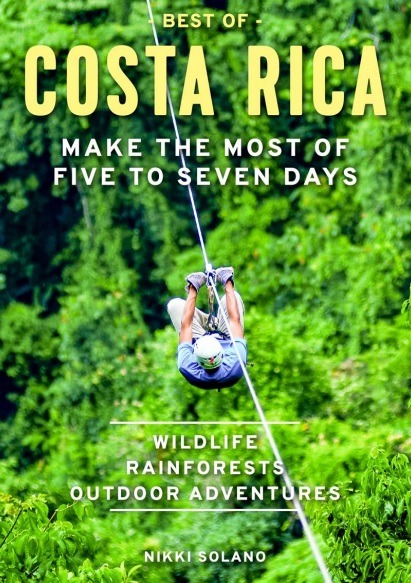

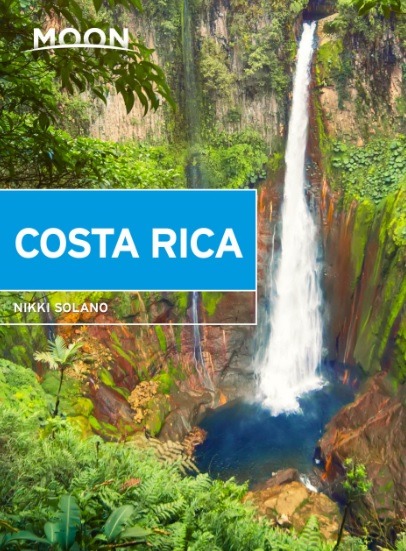

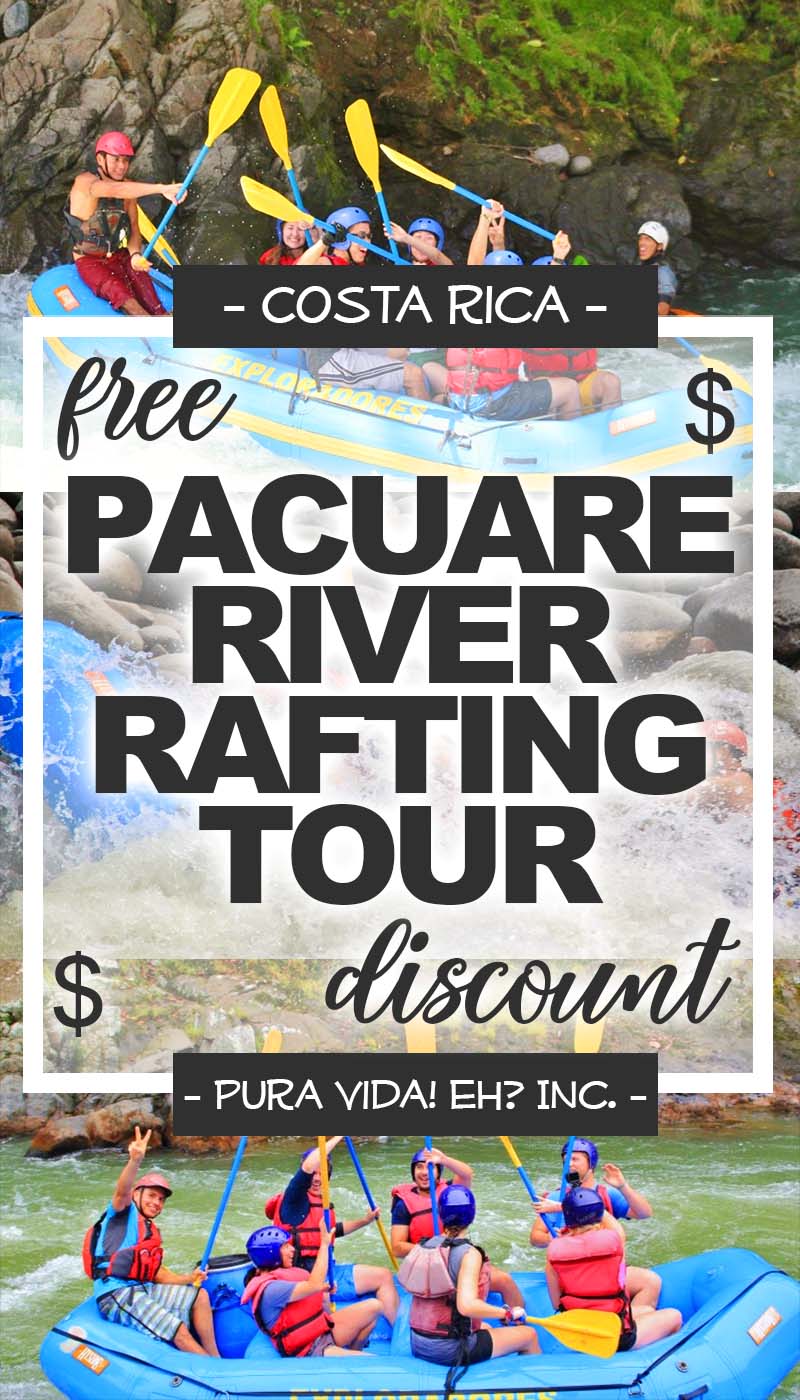
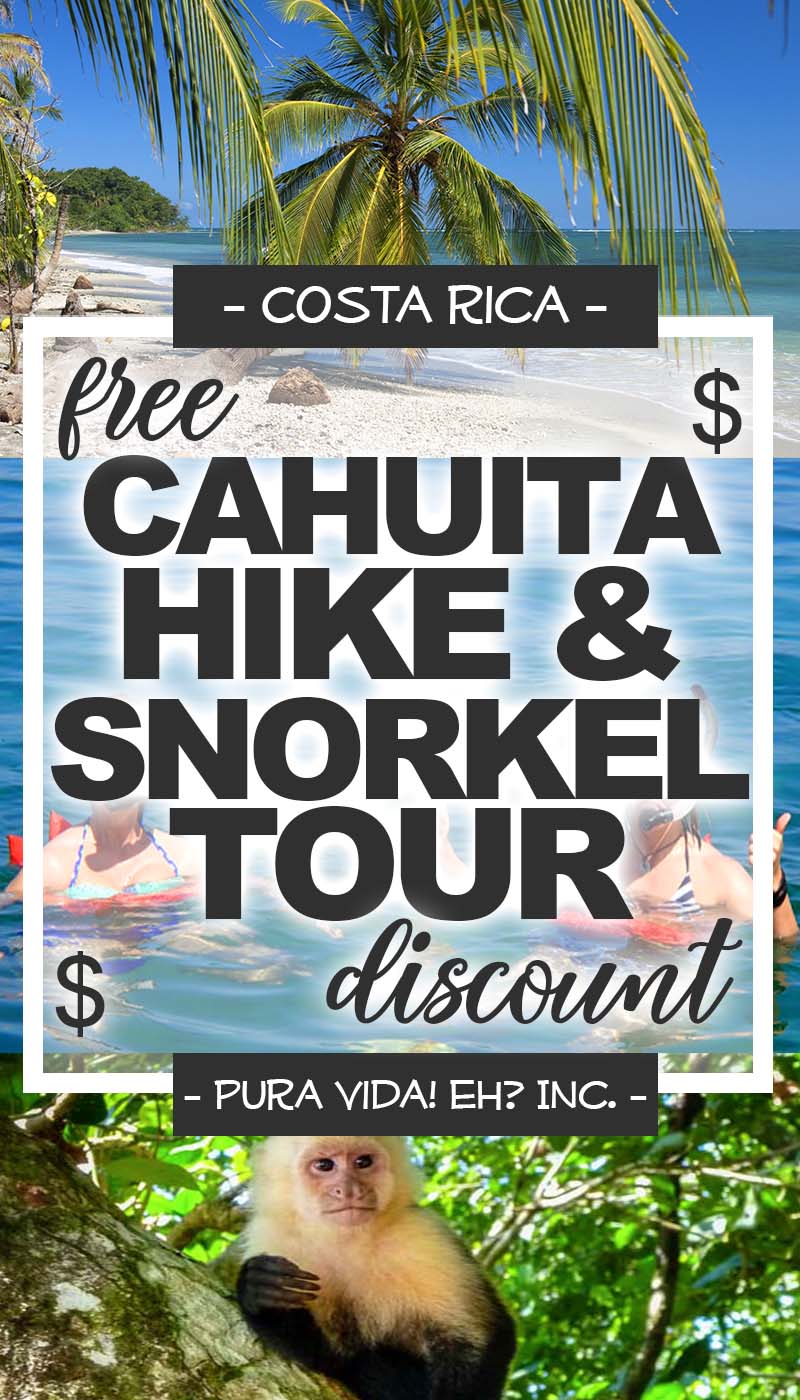

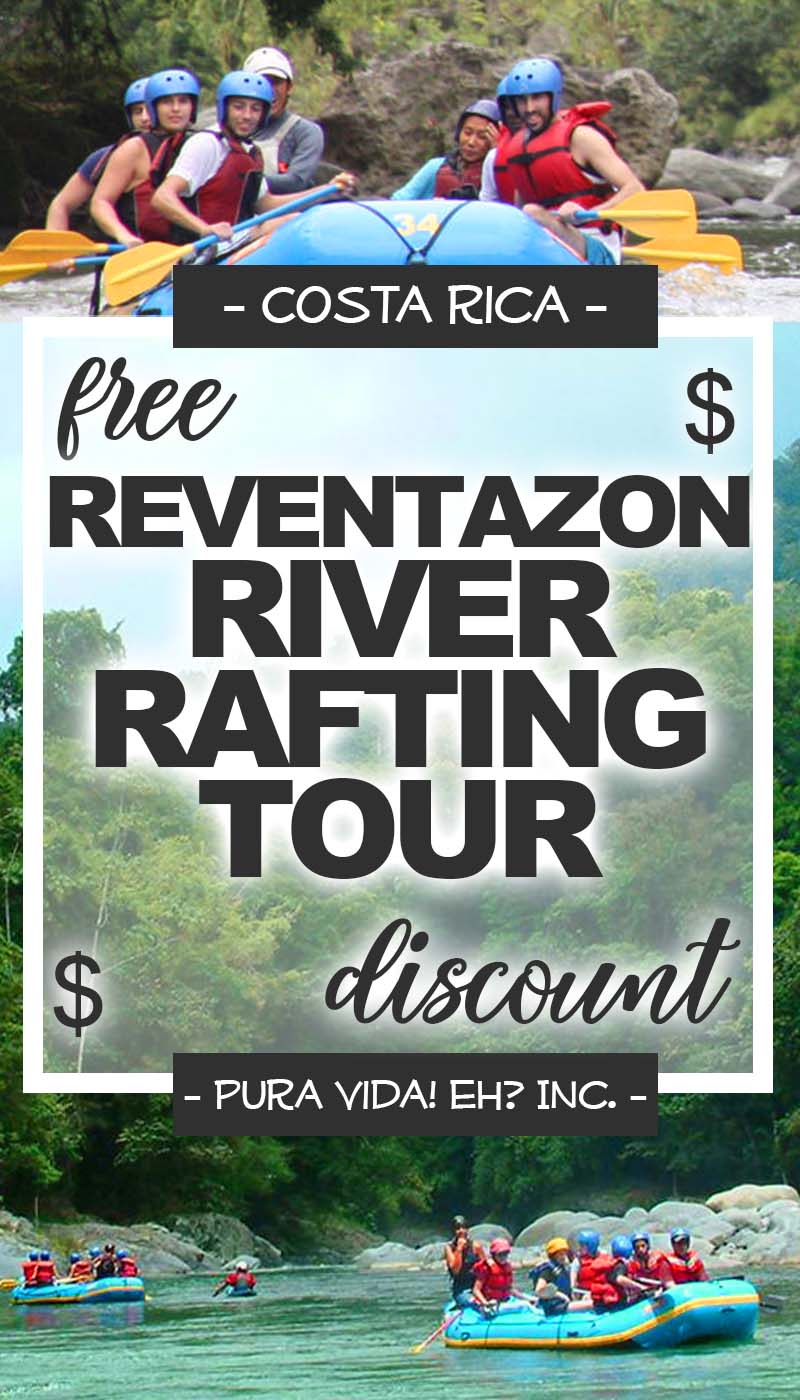
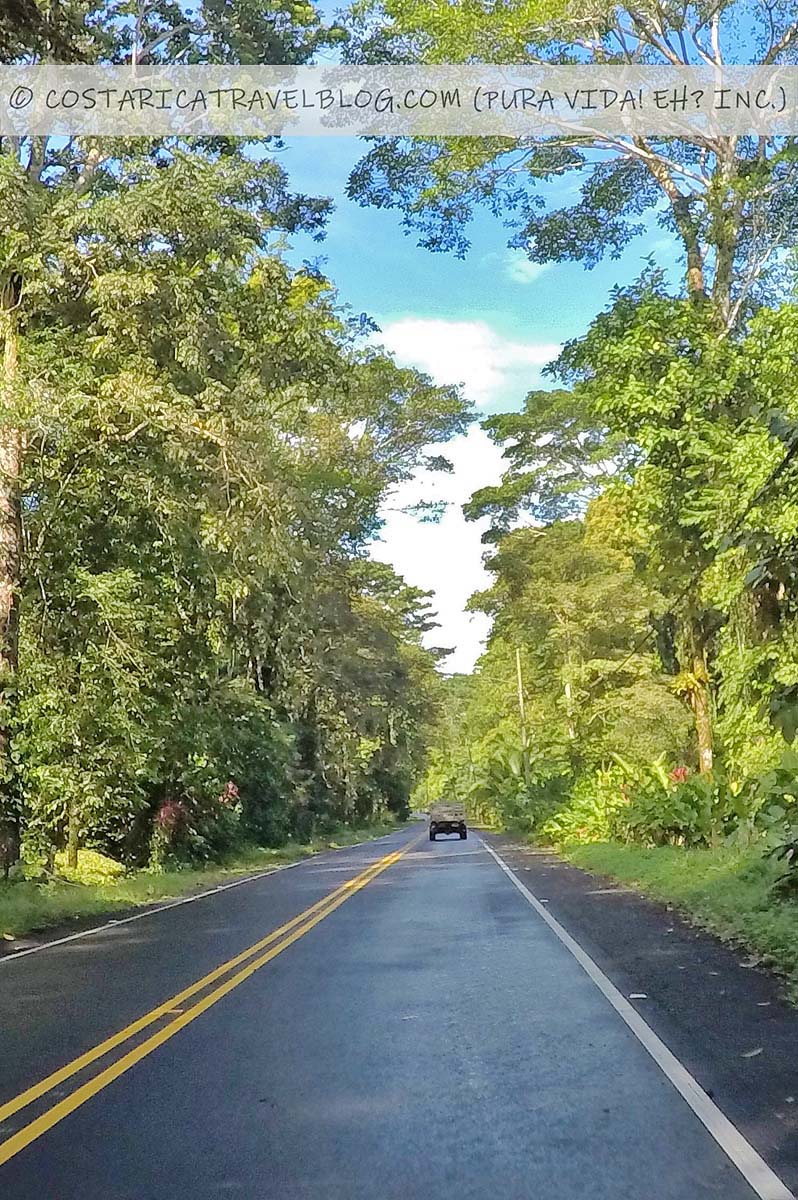










Tagged: caribbean, moving to Costa Rica, puerto viejo